Remember when those wanting a fast small BMW just went and bought an M3?
Some might crave the simplicity of such innocent times but the world is now a far more complex, not to mention complicated, place and quick, compact BMWs are no exception.
The traditional two-door M3 isn’t even an M3 any more but an M4, and while for decades there has usually been an Alpina alternative for the more eclectically minded, the Buchloe brand has always kept a respectful conceptual distance between the two.
Read what we made of the muscular BMW M235i coupé in this road test
No longer: Alpina’s brand-new B4 is priced to within £200 of this M4 and has a 0-62mph time within 0.1sec, a weight within 3kg and a 3.0-litre twin-turbo straight six engine with an identical capacity.
Spurred by recent successes, Alpina has never been bolder, nor bitten so hard upon the hand that has fed it donor vehicles for almost half a century.
And what is this, standing meekly in the shadows of these twin titans? It’s yet another BMW two-door coupé, also with M badges and, yes, a 3.0-litre turbo motor of exactly the same origin as the other two.
As we shall see, there are many differences between the three cars here but clearly none so great as this: although the B4 Biturbo and a paddle-equipped M4 are priced either side of the £59,000 mark, the M235i costs just a little more than £34,000.
You could buy it and an entire other 3-series before reaching the price of either of the others, a £25,000 gulf that only an extraordinary leap in ability and entertainment could justify.
So we’ll start here first. Parked with its glamorous companions, it looks very much the annoying tag-along little sibling. It’s presentable enough in isolation, but compared with its sleek sisters, the M235i looks dumpy, awkward and under-dressed on its 18-inch rims.
Its cabin is based on the same architecture (as indeed is the entire car, albeit with an abbreviated wheelbase) but even once you take into account the optional piano black and carbonfibre fillets fitted to the B4 and M4 respectively, it’s a lot less luxurious in here.
Even so, room in the rear is better than you’d expect: it’s cramped if you’re an average-sized adult but you’ll keep the blood flowing to your feet on short journeys and not much more can be said for the other two with their thicker, more space-inefficient front seats.
The engine sound is the same straight six BMW purr that we’ve been enjoying for decades and, given that this motor breathes through a twin-scroll turbo, that’s impressive.
It sets exactly the right tone for what’s to come. Its 326bhp is predictably shy of the 400bhp-plus output of an M4 or B4 but so, too, is it over 80kg lighter, so their power-to-weight ratios are not so far removed and their torque-to-weight numbers are closer still.
Running the same 10.2:1 compression ratio as the others but blowing far less boost, the M235i feels the least turbocharged of the three.
In fact, if you didn’t know, I doubt that you’d twig it for its throttle response is world class for a turbo. It makes peak torque at little more than idling speed and then just pours on the performance all the way to maximum power.
It feels like a genuinely quick car and were our test example fitted with self-shifting gears like the others, they’d all register 0-62mph times of between four and five seconds.
But it’s the chassis that has earned this car such plaudits in its still young life and rightly so. Whereas the M4 has a standard limited-slip differential and this B4 one fitted for an eye-watering £1890, our M235i test car came without, although it is an option.
Read the full Alpina B4 Biturbo review
And on dry but difficult roads, I didn’t miss it at all. In contrast to its meatier adversaries, there’s not enough torque to mandate its fitment and, in unadorned form, the M235i has the most neutral handling balance of the three.
It corners with just a hint of understeer, morphing into gorgeous neutrality with either a gentle lift or a big boot of throttle.
The steering is keen and its messages as clear as any here. It’s an increasingly rare delight to use a decent manual ’box, too: the M4 is available with one, although few are likely to exercise the option, and the B4 is stubbornly auto only.
What the M235i lacks in such company is sheer body control, even on optional M Sport suspension. It’s the limit to its ability to maintain ride height rather than its lack of power that ultimately restricts its point-to-point pace.
But is a merely good rather than excellent standard here a price worth paying for the best ride quality? In a car like this, it’s a point worth arguing.
So now we know the benchmark: the M235i sets the bar unexpectedly high for a car not meant to be seen as a proper M car. So how far ahead can a real one get?
The M4 presents as an entirely more serious proposition. It looks mean as hell and spectacularly purposeful with that bonnet bulge.
Inside, you can tailor your damper, steering, engine and gearbox settings to your taste and mood, and when you fire the engine, the deep, sharp bark that answers supports BMW’s contention that this motor is so modified as to be effectively new.
The M4 addresses the road in an entirely different way from the M235i. It feels merely convincingly rather than comically quicker than its little sister in the mid-range, but where the M235i runs out puff soon after its 5800rpm power peak, the M4 just keeps going, maintaining maximum urge past 7000rpm.
But the bigger difference lies in the chassis. From one place to the next, the M4 offers a different category of performance. Enormous traction and massive grip set the scene, but it’s the car’s ability over dips and crests that sets it apart.
In such circumstances and up to about eight-tenths effort, it feels nailed to the road.
However, there is a cost here, too, and I don’t just mean a firmer quality of ride. For those used to earlier M cars and their sweet, endlessly forgiving natures, the M4 is quite surprising when you start nudging up against the limit.
It’s not malevolent, but nor is it easy to drive this way. Inherently, it wants to understeer, but despite excellent throttle response, it is trickier than it should be to mete out the precise amount of power required to neutralise this trait.
Sometimes you’ll get it just right; at others you’ll either be handing control over to the electronics fairies or, if you’ve given them a tea-break, moving your hands further and faster than you might have anticipated to correct it.
Read the full BMW M235i review
The result is a car of serious capabilities but one that, when driven the way that M cars should be designed to be driven, might at times cause you to question its loyalties.
Which way, then, does the B4 go? Does it follow the mean and moody route of the M4 or the sweet path of innocence favoured by the M235i?
In fact, it seeks to split the difference, its proposition being to provide the pace of the M4 with the manners of the M235i. And it gets close to pulling it off.
Its cabin ambience is the classiest by far and its standard sports seats are both the best and best-looking of the three. There’s enough in here – Alpina logos, bespoke blue-backed dials and beautifully stitched leather – to make it feel quite different from the BMWs although I’d happily trade its small gearshift buttons for conventional paddles.
The engine is radically re-engineered relative to that in the M235i, the fitment of a pair of turbos being just the start of it, but it still sounds similar when it fires up and similarly quiet despite those meaty quad Akrapovic pipes out the back.
But it is a torque monster. It’s happy to rev past 7000rpm but it’s best in its mid-range where, working in conjunction with the best automatic ’box in the business, it provides progress as rapid as it is effortless.
Indeed, so sweet is the interaction between engine and transmission that I suspect the reason BMW went to the not inconsiderable bother of re-engineering the M4 for a dual-clutch was marketing led.
The M4’s shifts may be a fraction quicker, but it’s less good in auto mode and more awkward to use, especially if shifting into reverse in a hurry. It’s not as if the dual-clutch is needed for track work, either. BMW’s factory M235i racers use the conventional auto ’box and have no problems circulating the Nürburgring for 24 hours.
I digress. What the B4 cannot do in either its powertrain or chassis is match the immediacy and naked aggression of the M4.
It doesn’t quicken your pulse every time you climb aboard, which, depending on the journey ahead, can be either a good or a bad thing. Bizarrely, it rides damn near as well as the M235i despite the most extreme tyre spec of the three but the primary ride control exhibited by the M4 is not there.
There’s no suspension parameter that Alpina does not modify but the overall effect is to raise the spring rate and recover secondary ride absorption through specially soft tyre sidewalls and shock absorbers softer in bump than rebound, and there’s a little too much body movement as a result.
Then again, on the limit, it is endlessly indulgent and easy to place and control. Here, the Alpina chassis engineers have done a far better job than their counterparts at BMW who signed off the M4.
The verdict
It’s a rare treat to reach the end of a test and see a clear case for each car. The M4 is the most exciting, the B4 the most sophisticated and the M235i quite clearly the bargain of the bunch.
Choose according to taste and budget and it’s highly unlikely that you will be disappointed for there is not a bad nor even mediocre car here. But an overall order is still required.
If there’s a shock, it is that the M4 comes last. It looks great and, whatever the numbers say, is clearly the quickest from point to point. But although it has the most power, poise and grip, there’s a price to be paid in ride, refinement and the fact that it’s just not as reassuring to drive really fast as this kind of car should be.
It’s beaten by the Alpina because where the M4 is better, it is not by much; and in those areas where the B4 has the upper hand – comfort, civility and on-the-limit friendliness – its advantages are decisive.
But not so decisive as to provide a convincing reason to spend the extra over our eventual winner, the M235i. It might look like the poor relation in photographs and on the spec sheet, but out there where it matters in the real world, it doesn’t feel that way at all, especially when you consider the price gulf between them.
If the difference between the M235i on the one hand and the M4 and B4 on the other were £10,000 or £15,000, then we’d have a hell of a contest because that’s about how it feels on the road.
But £25,000, otherwise known as the price of a brand-new Toyota GT86? The M4 and B4 are good, very good in fact: but they’re not that good.
Autocar's previous comparison - Jaguar XK Dynamic R versus F-type R coupé
Autocar's alternatives to a BMW M4
BMW M235i
Price £34,260; 0-62mph 5.0sec; Top speed 155mph; Economy 34.9mpg (combined); CO2 189g/km; Kerb weight 1530kg; Engine 6 cyls, 2979cc, turbocharged, petrol; Power 326bhp at 5800rpm; Torque 332lb ft at 1300rpm; Gearbox 6-speed manual
Alpina B4 Biturbo
Price £59,950; 0-62mph 4.2sec; Top speed 188mph; Economy 37.2mpg (combined); CO2 177g/km; Kerb weight 1615kg; Engine 6 cyls, 2979cc, twin-turbo, petrol; Power 404bhp at 5500rpm; Torque 443lb ft at 3000rpm; Gearbox 8-speed automatic
BMW M4 DCT
Price £59,145; 0-62mph 4.1sec; Top speed 155mph; Economy 34.0mpg (combined); CO2 194g/km; Kerb weight 1422kg; Engine 6 cyls, 2979cc, twin-turbo, petrol; Power 431bhp at 5500rpm; Torque 405lb ft at 1850rpm; Gearbox 7-speed dual-clutch automatic
Get the latest car news, reviews and galleries from Autocar direct to your inbox every week. Enter your email address below:

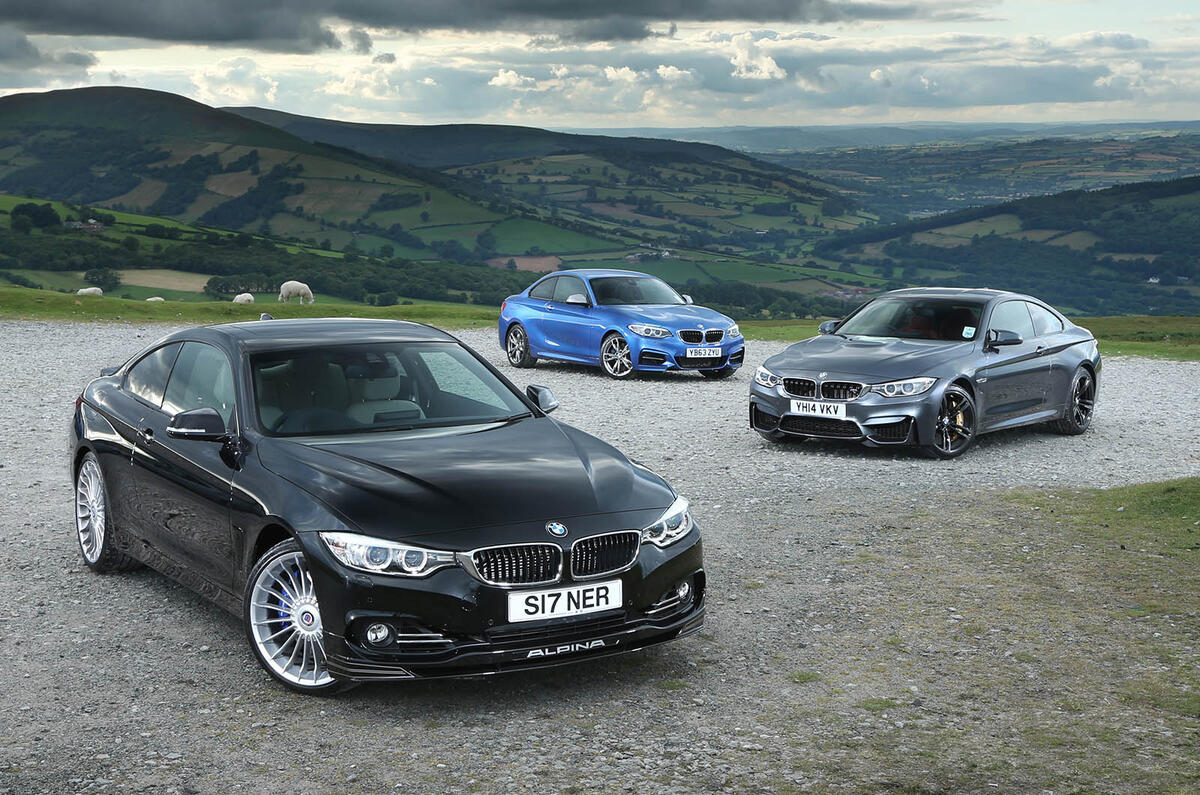
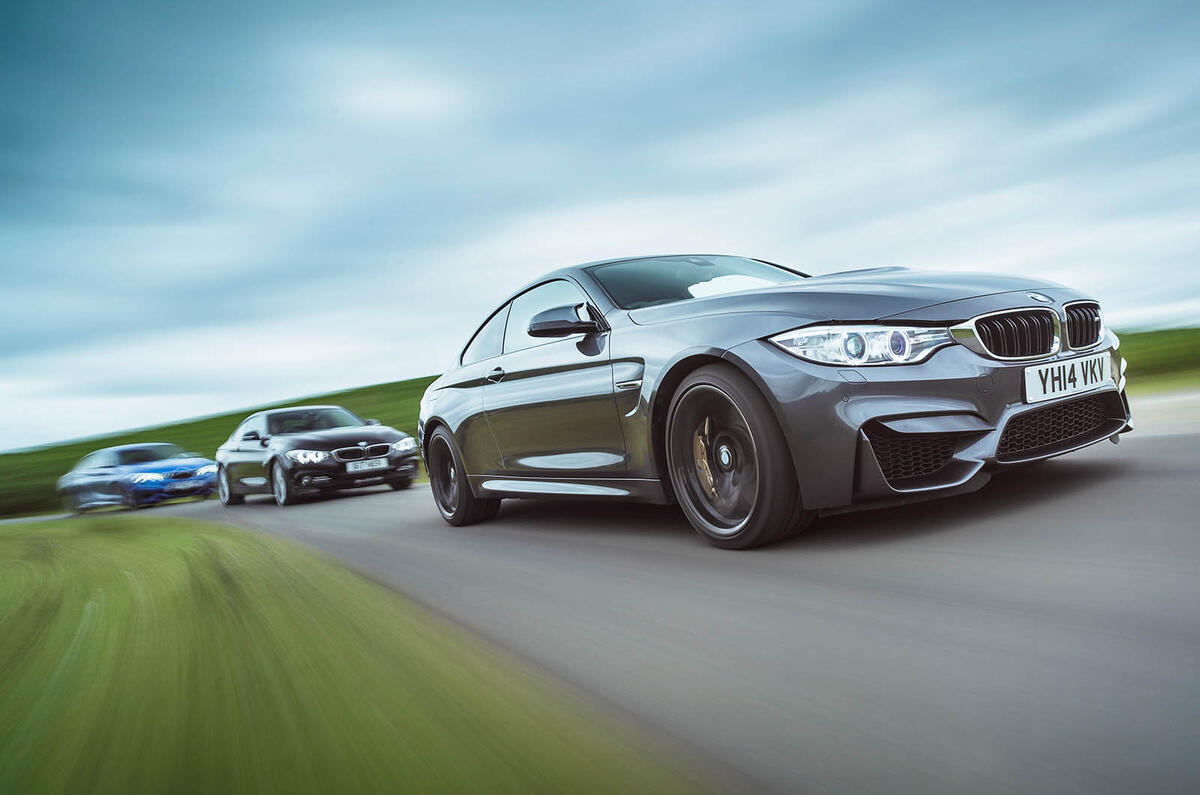
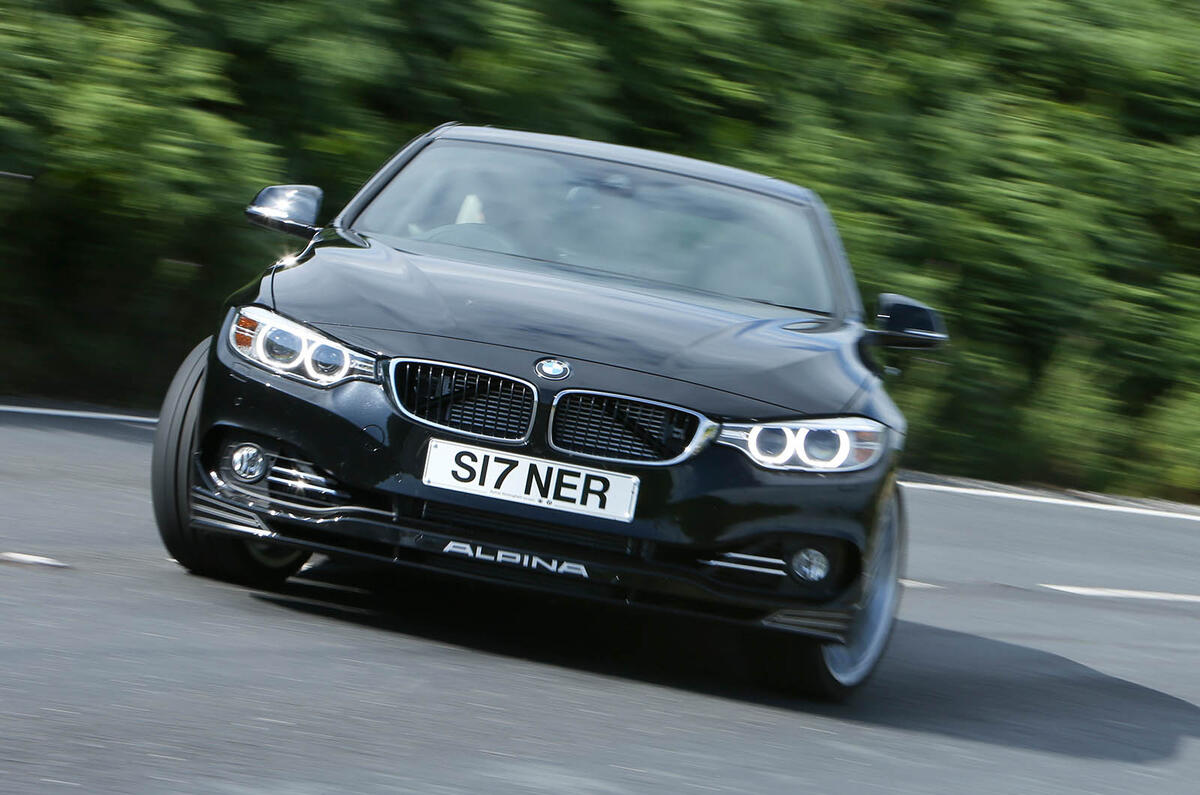
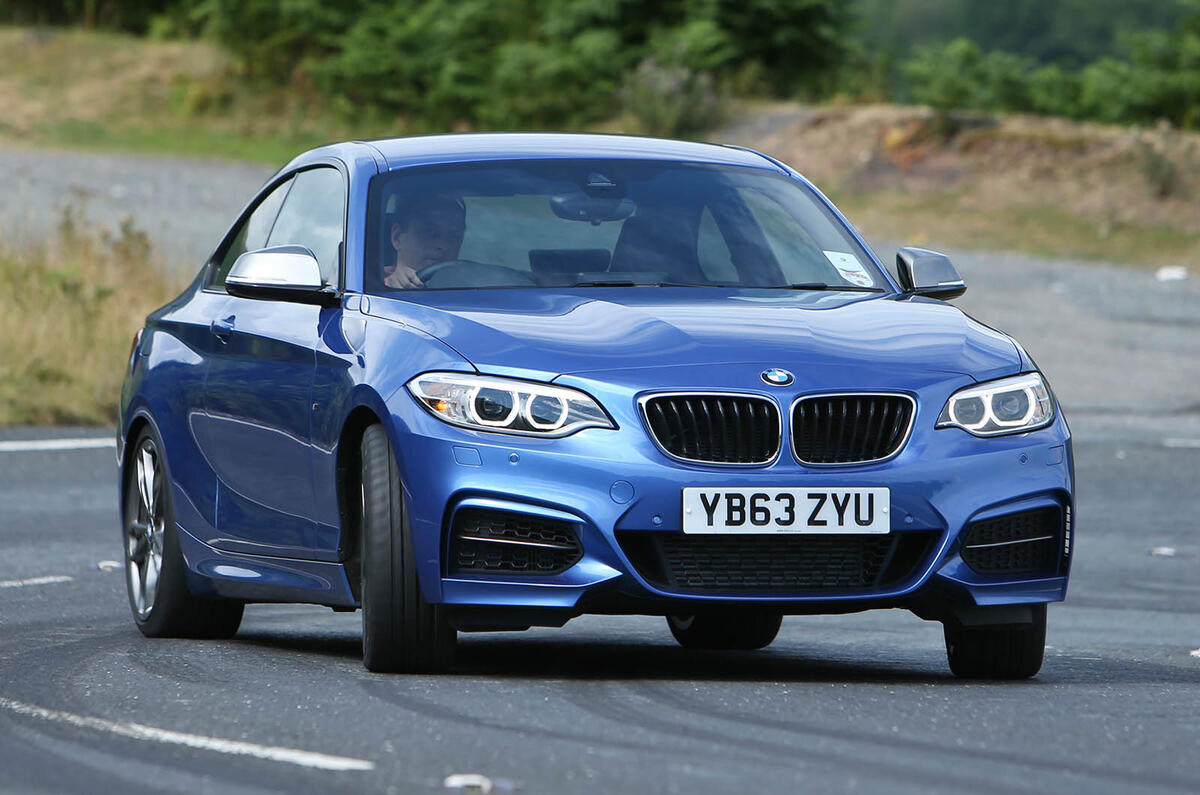
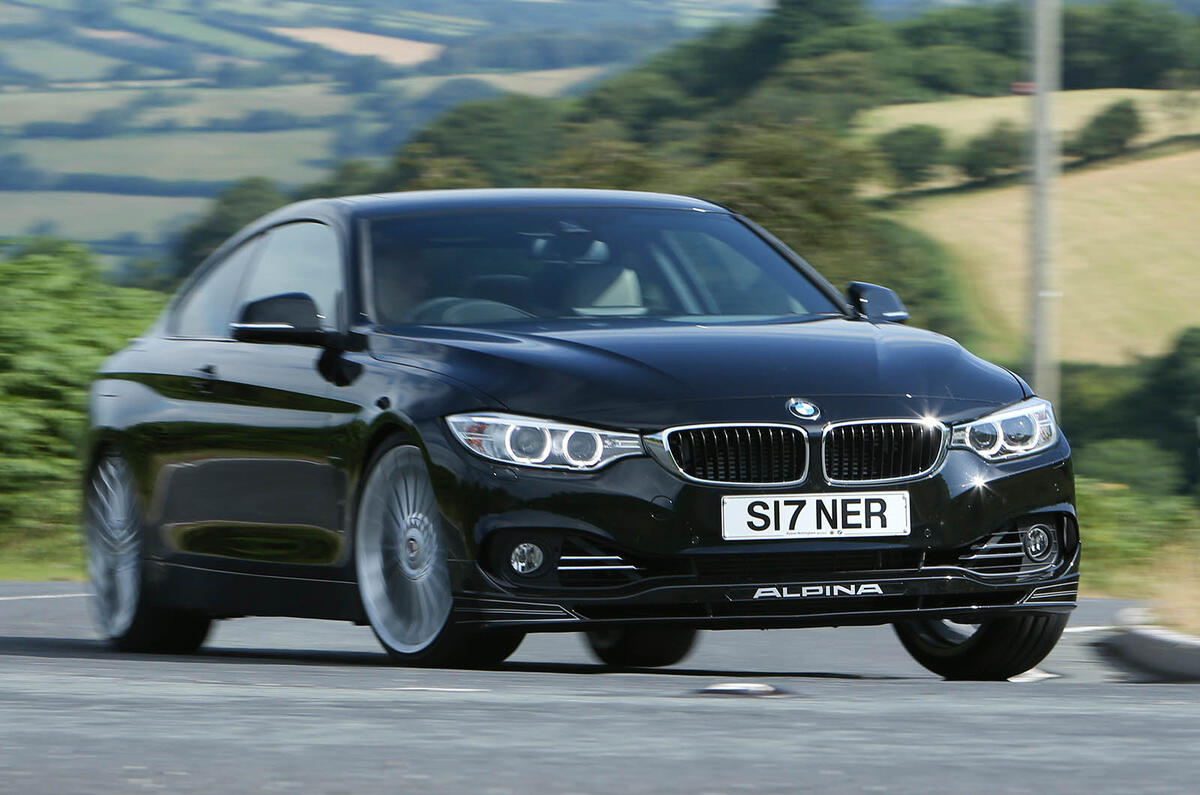


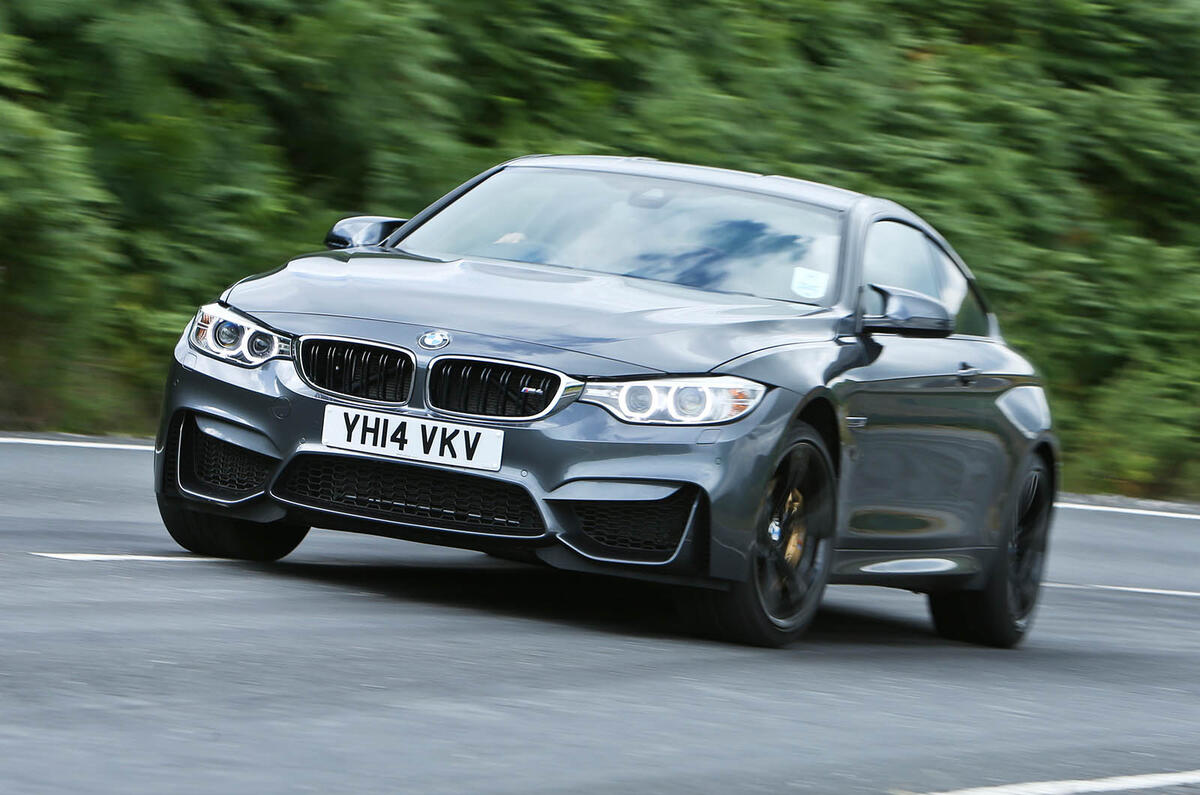
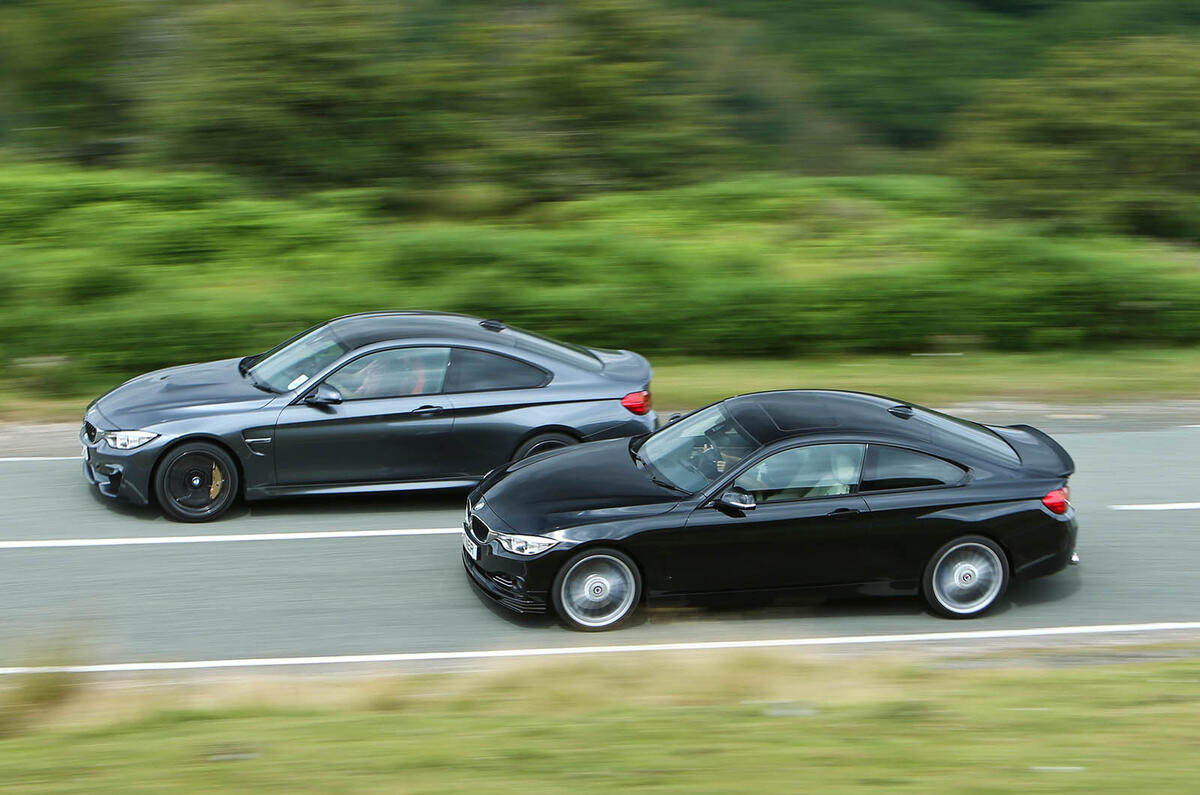
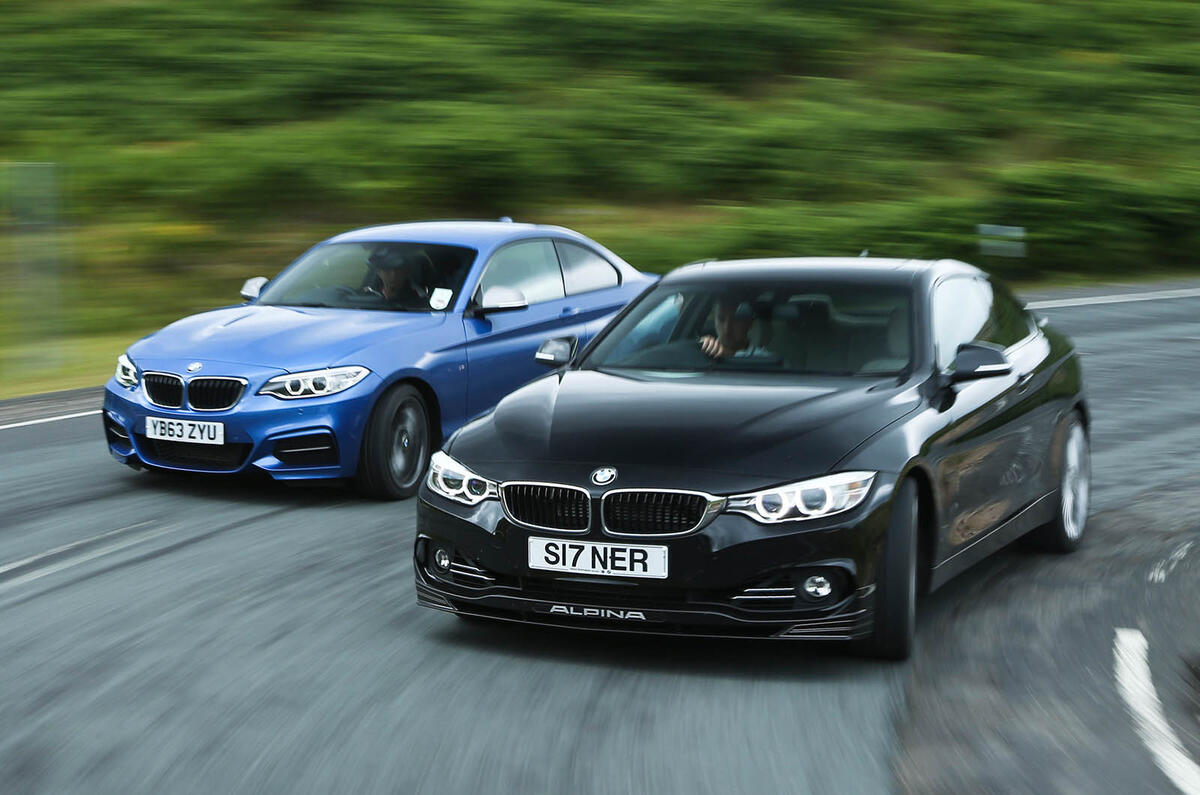
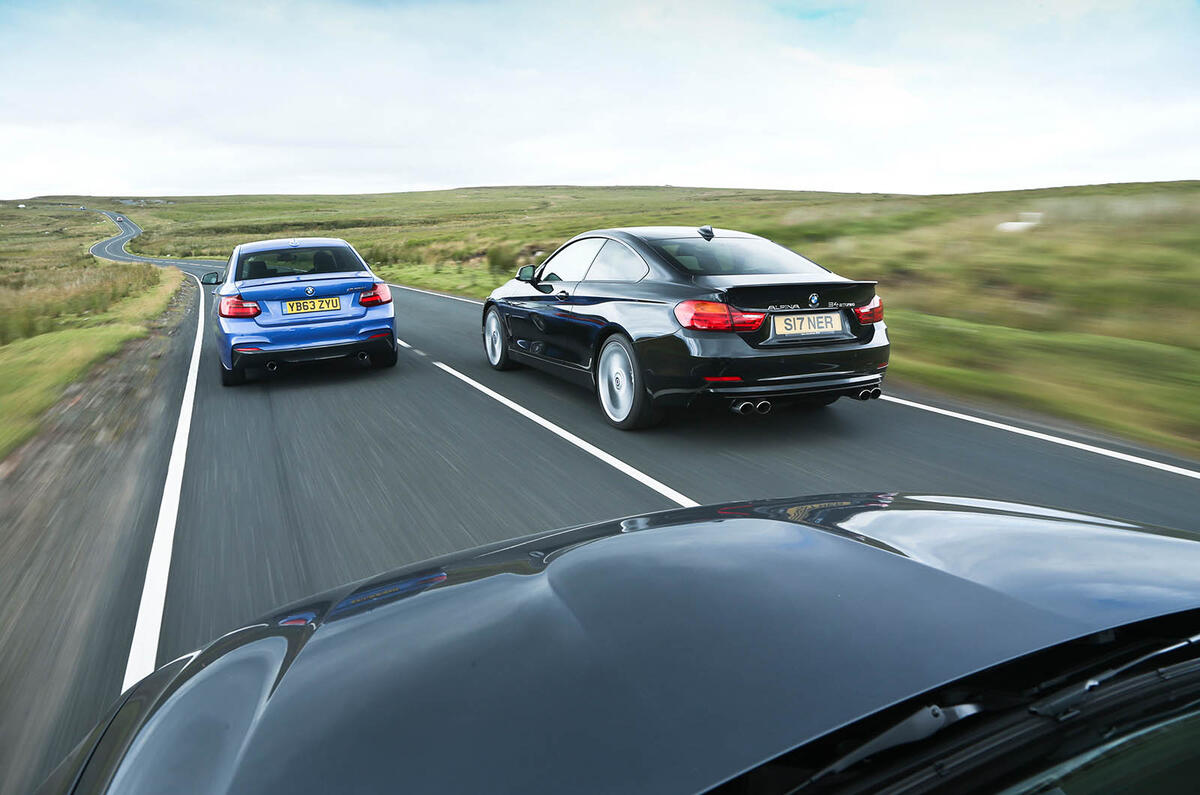
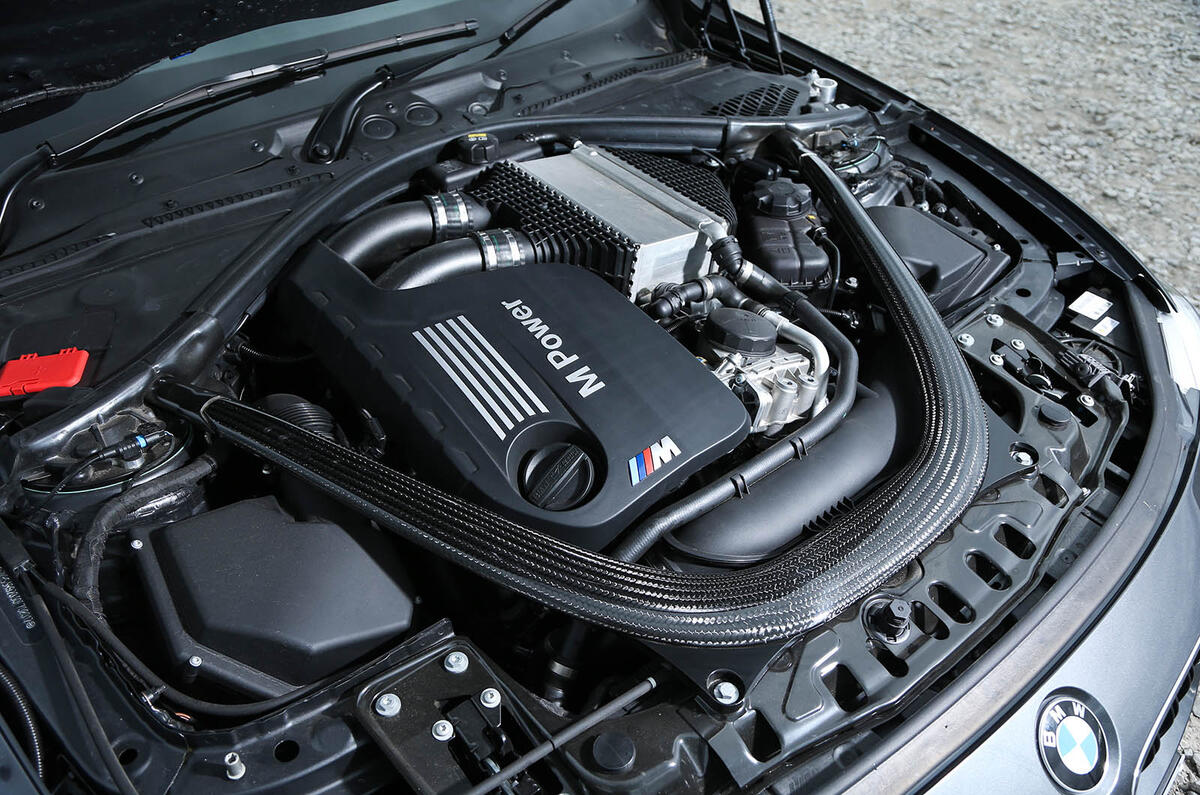
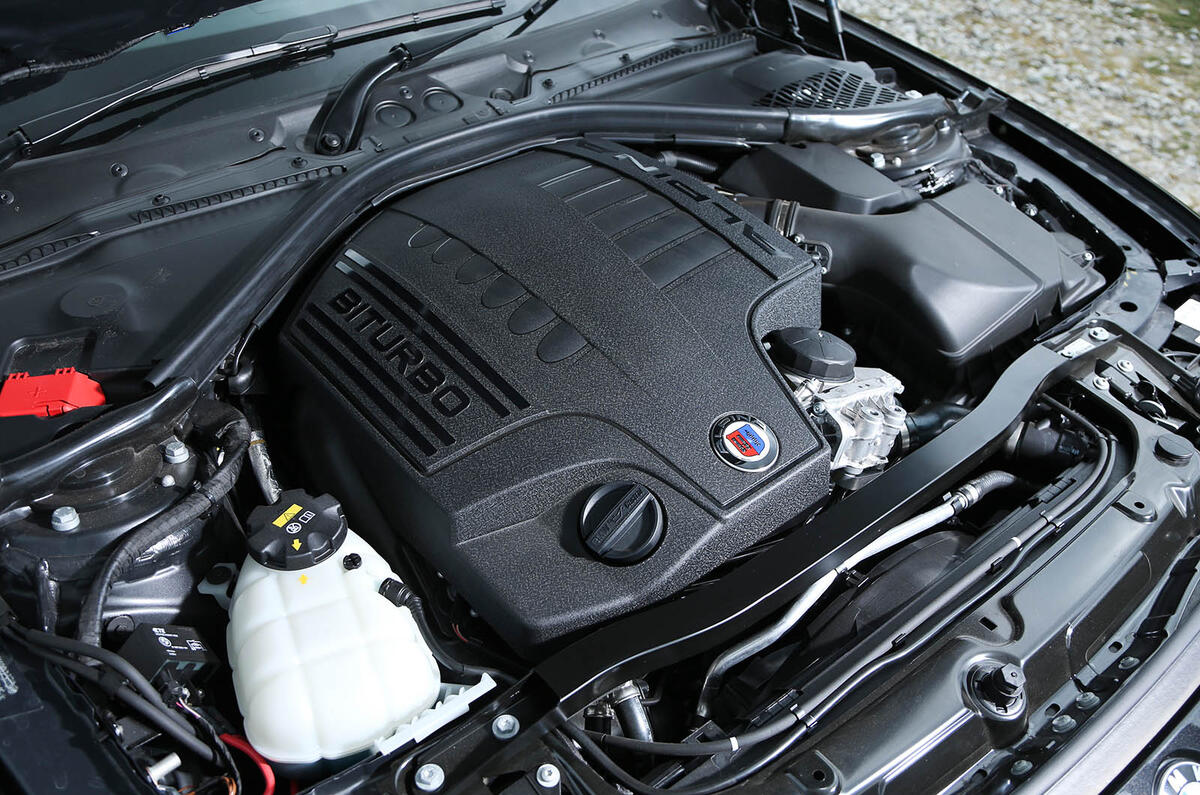
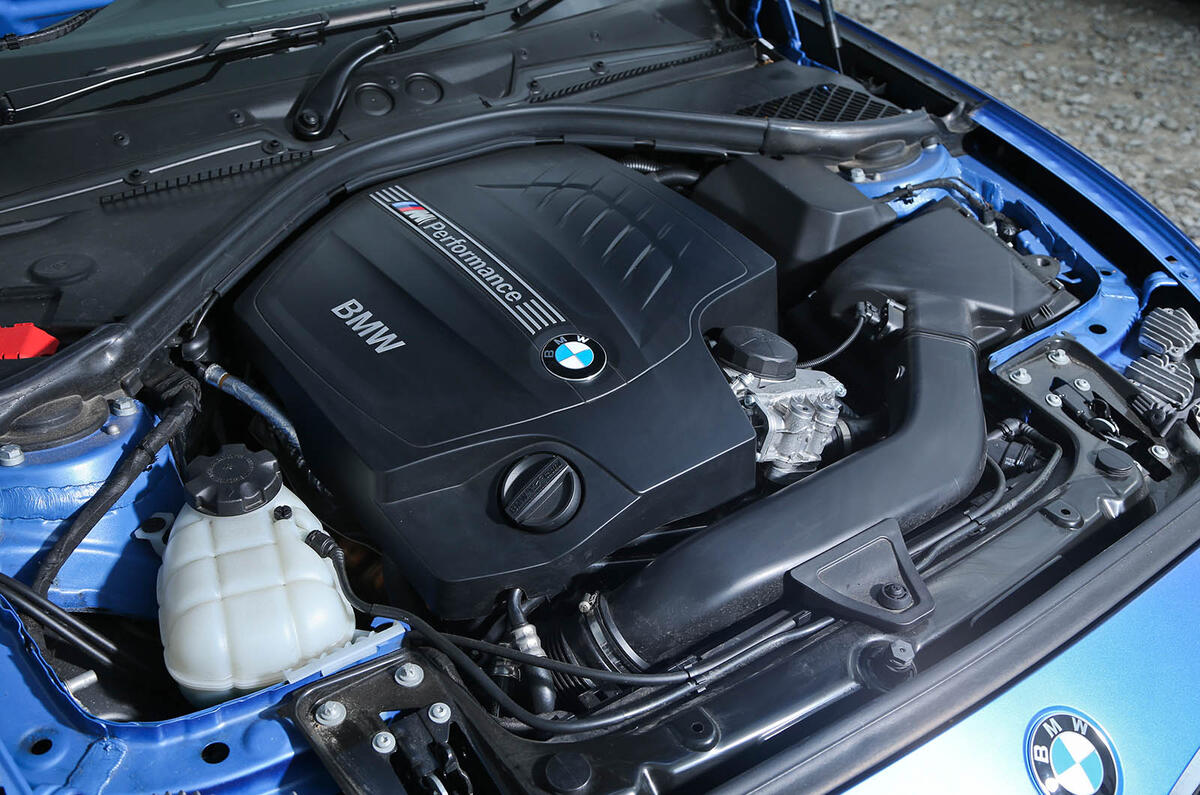
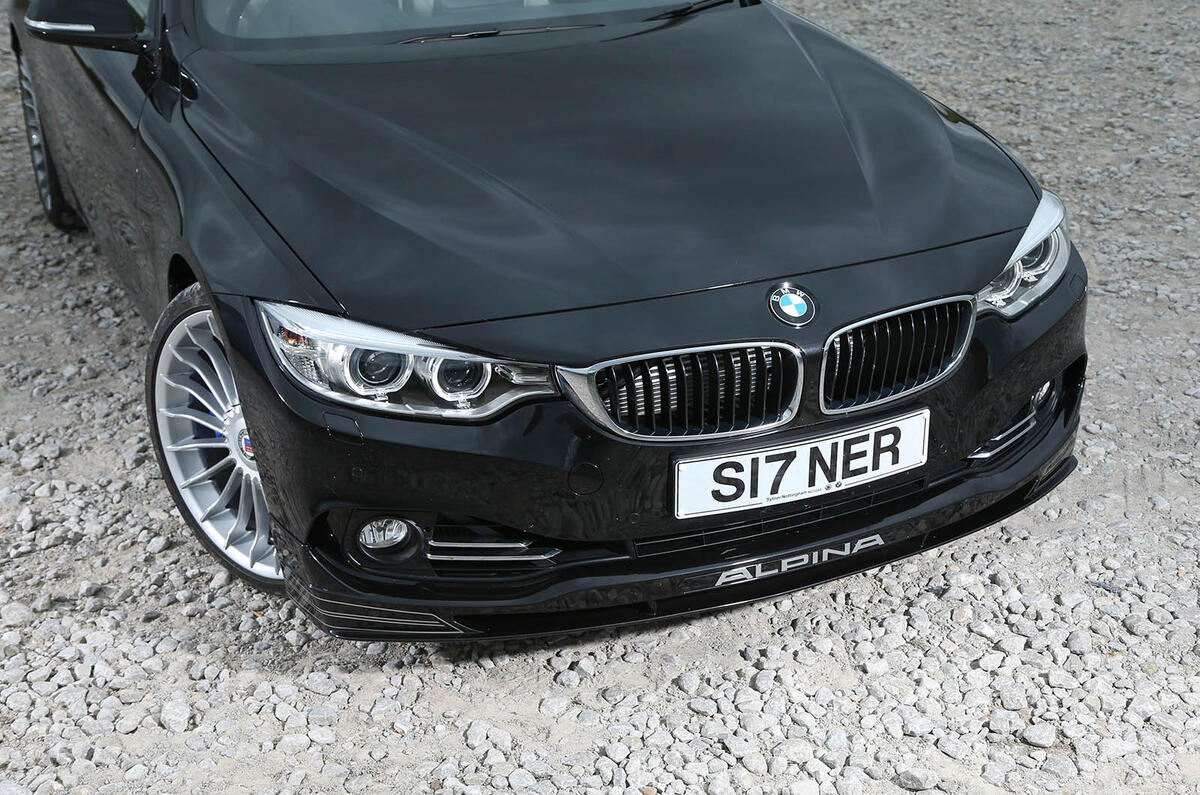
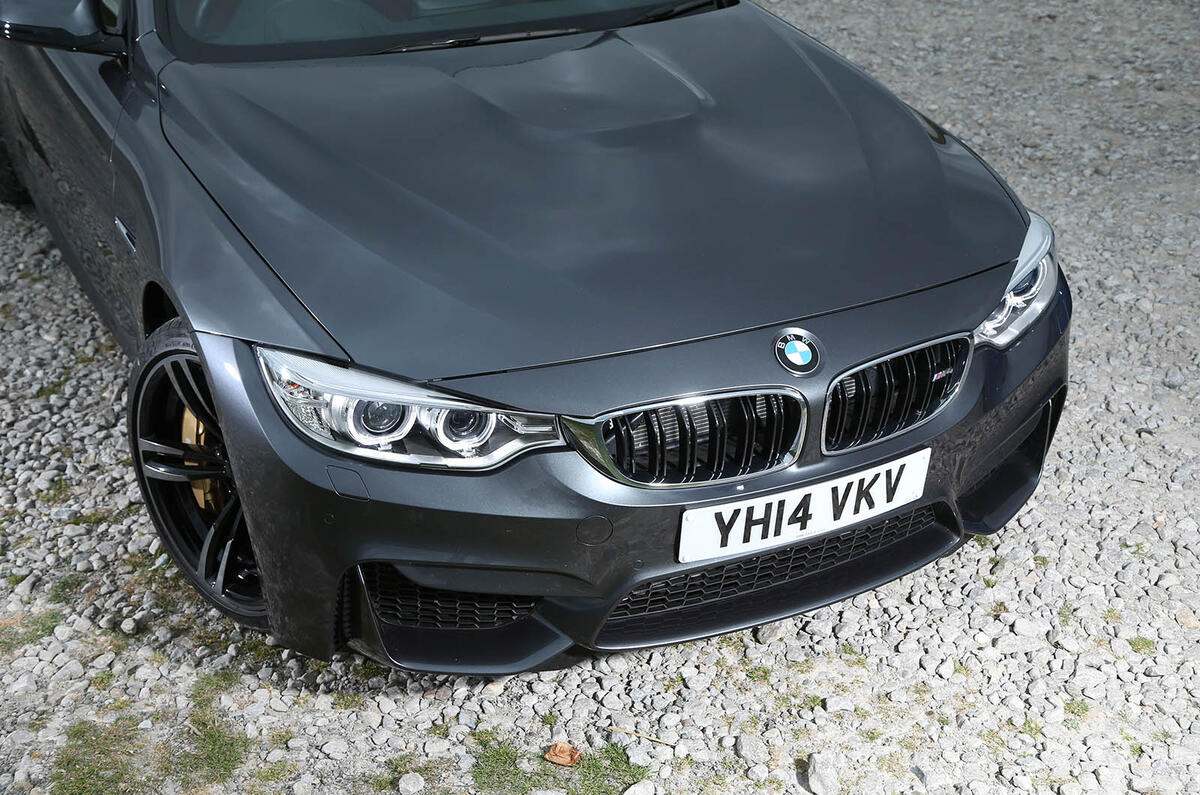
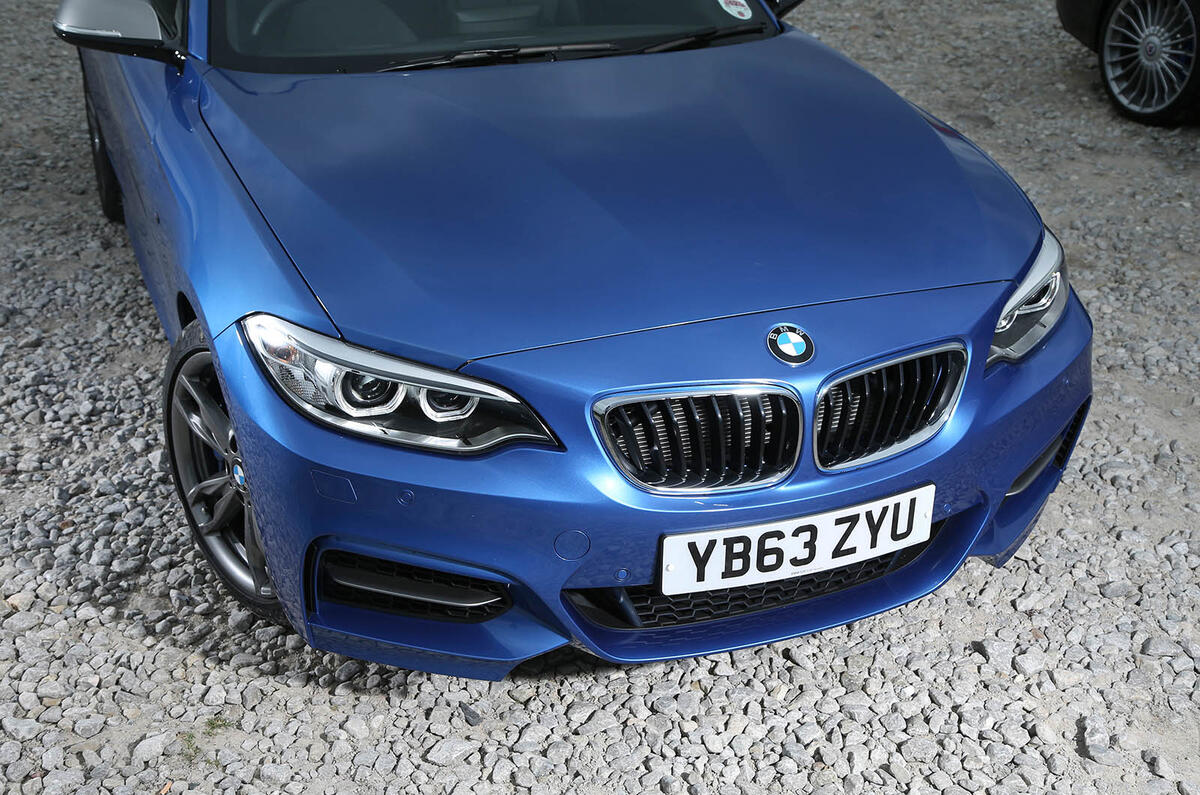
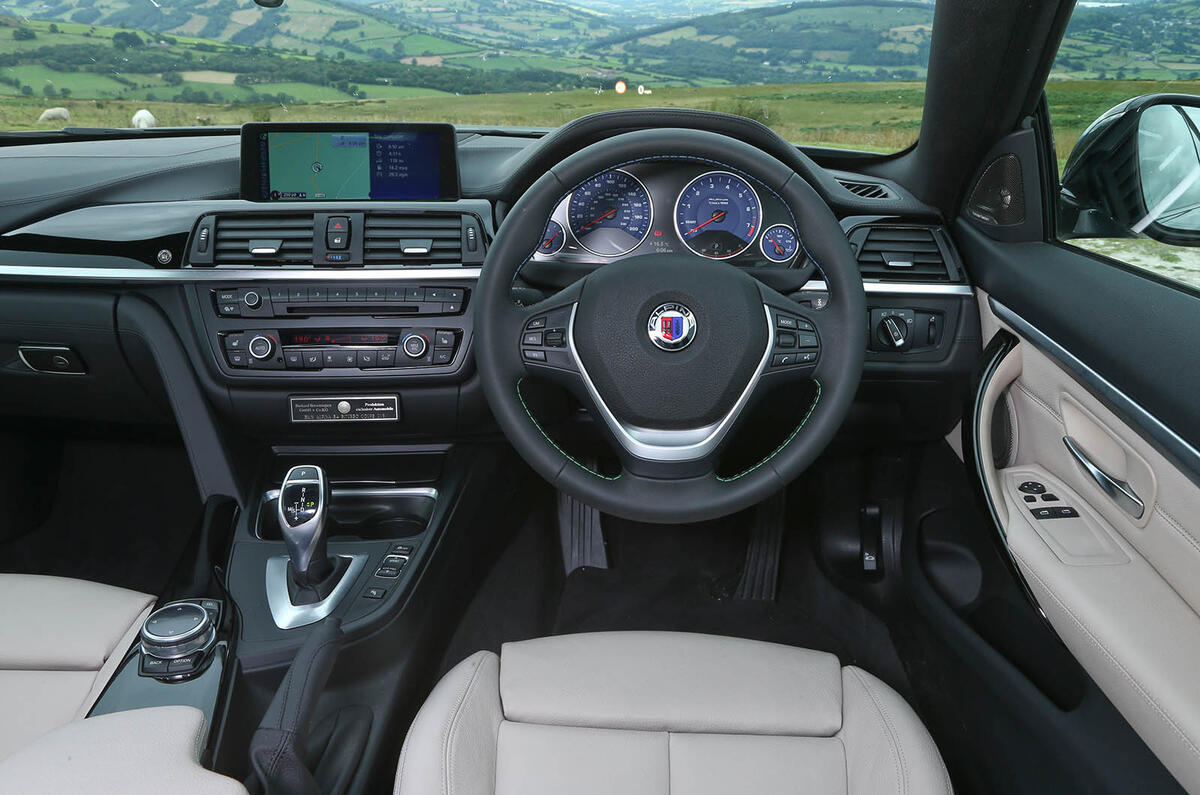
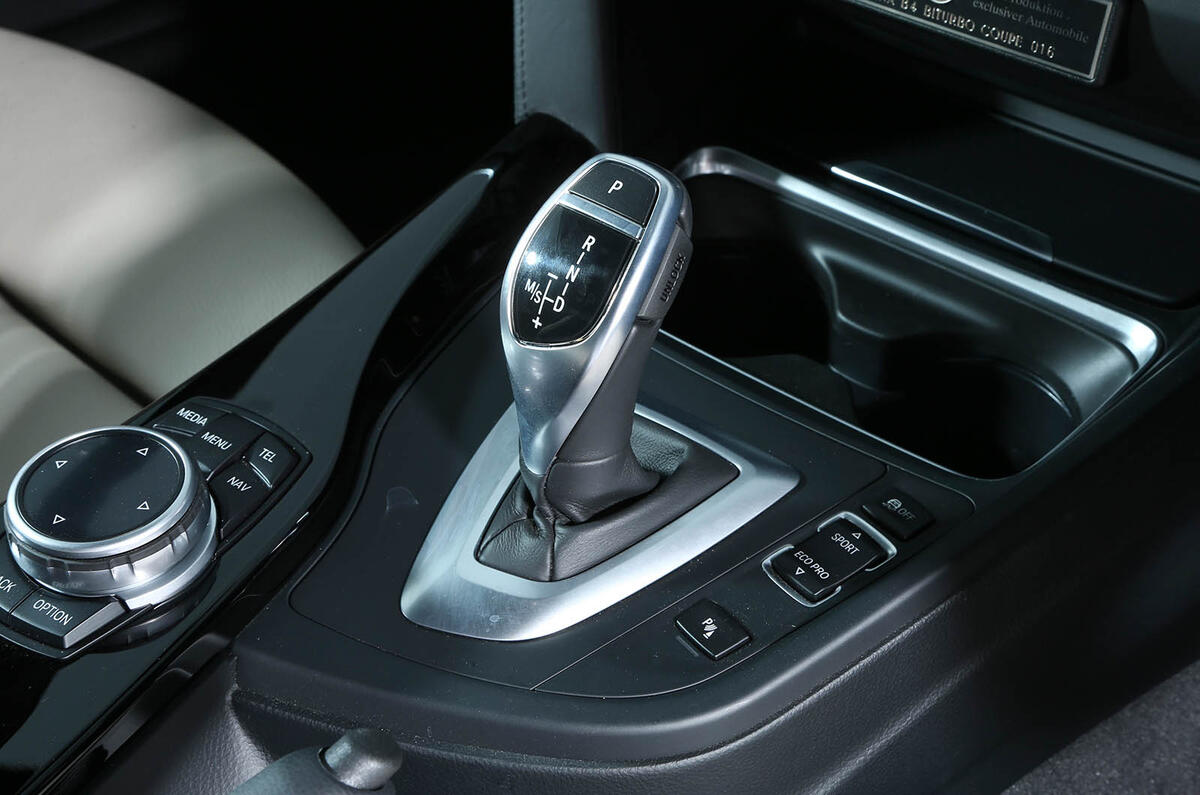
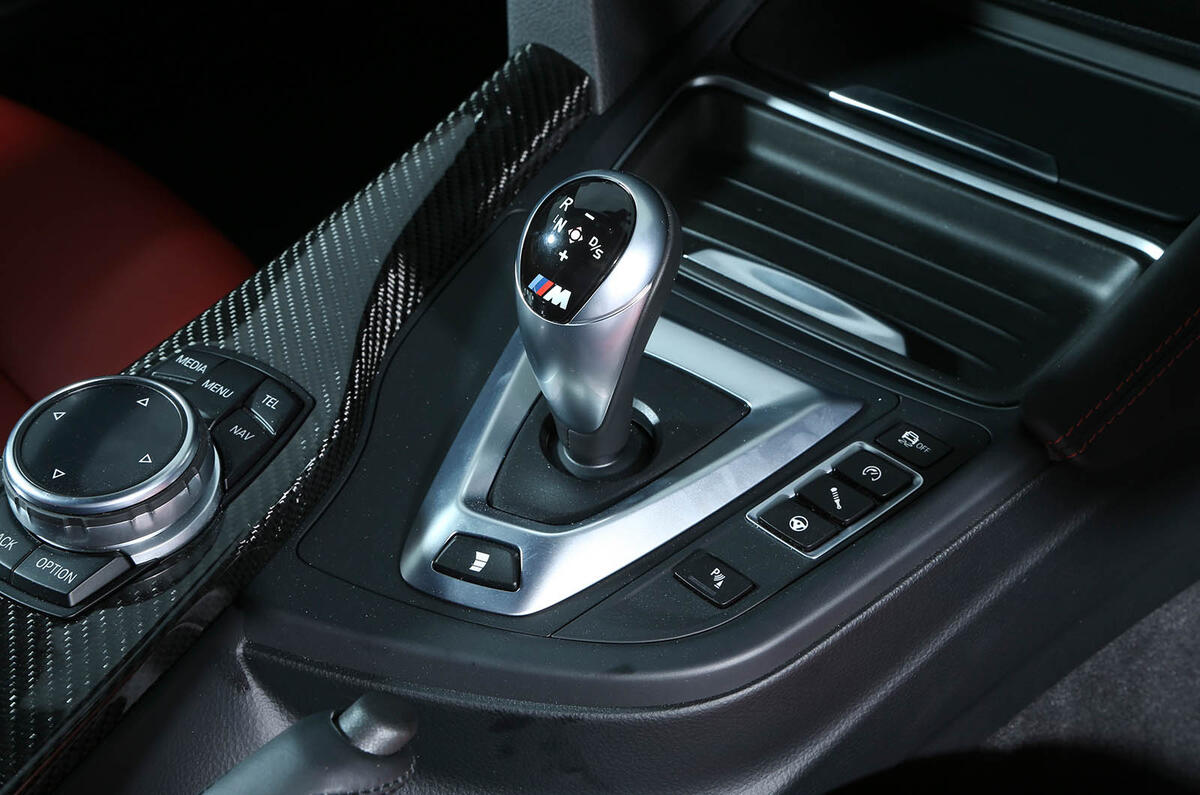
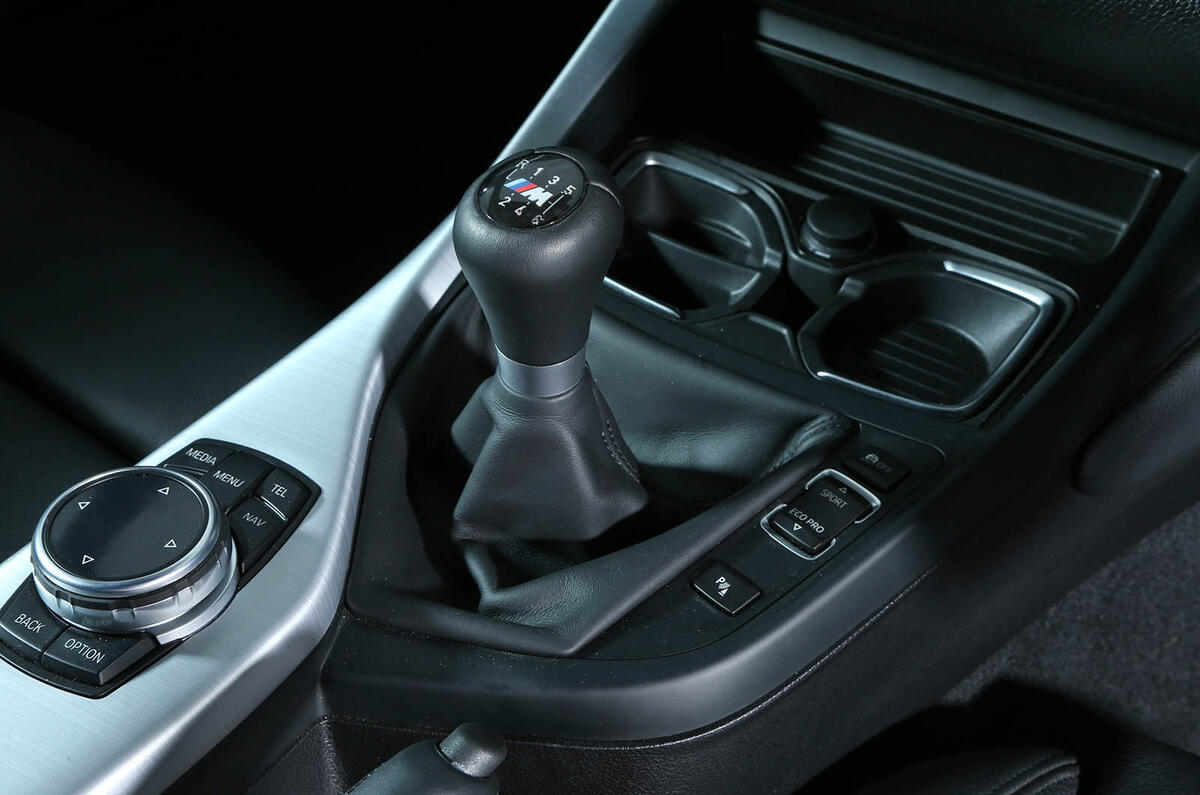


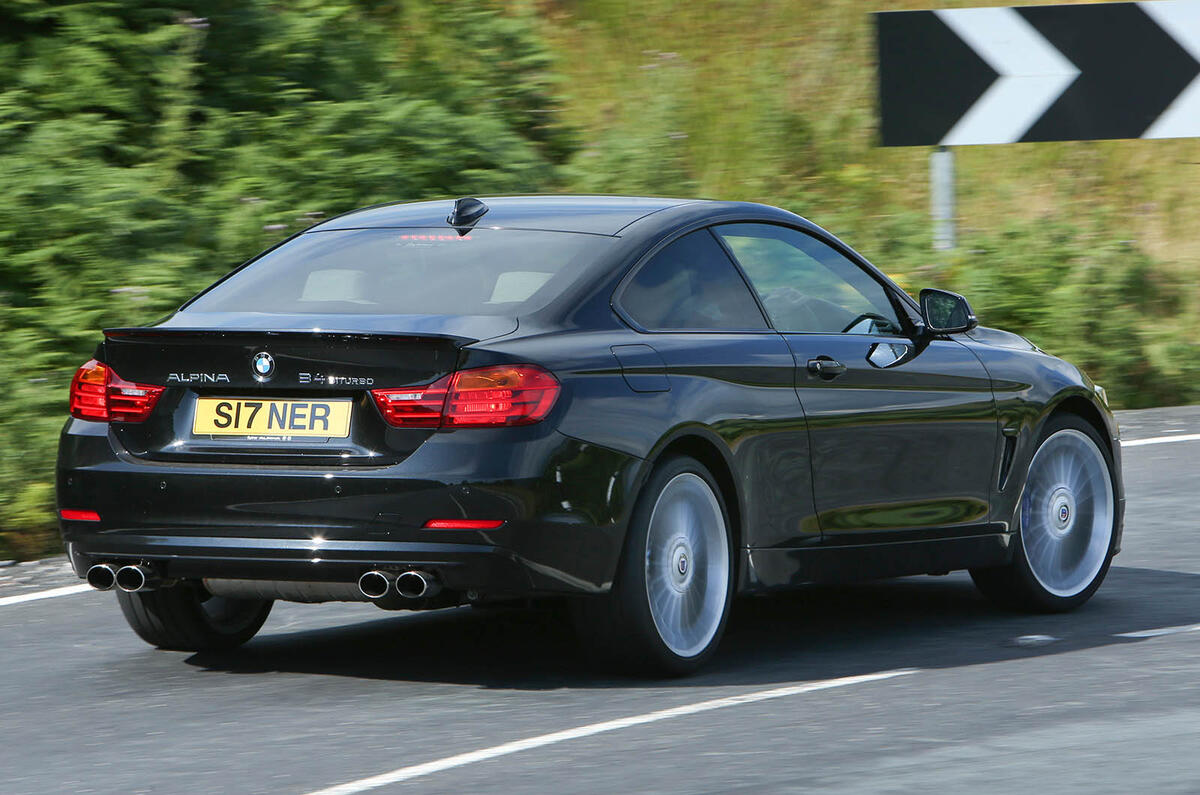
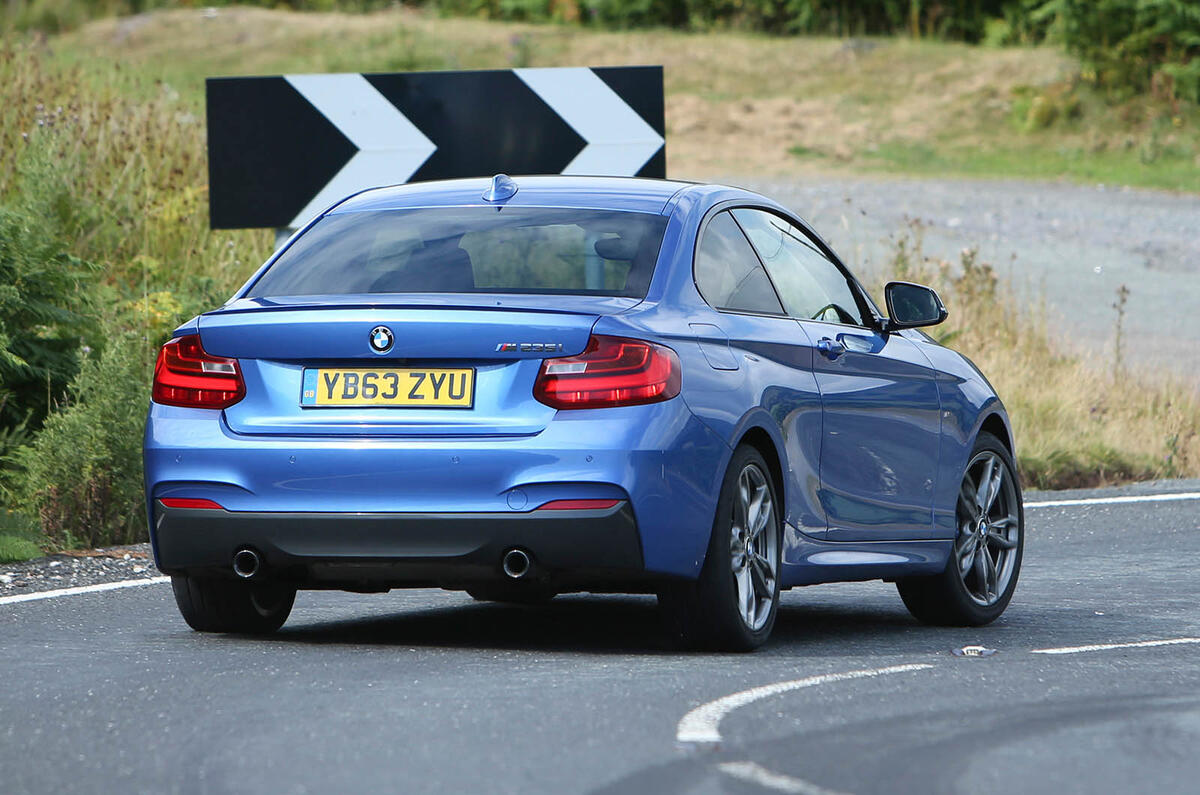
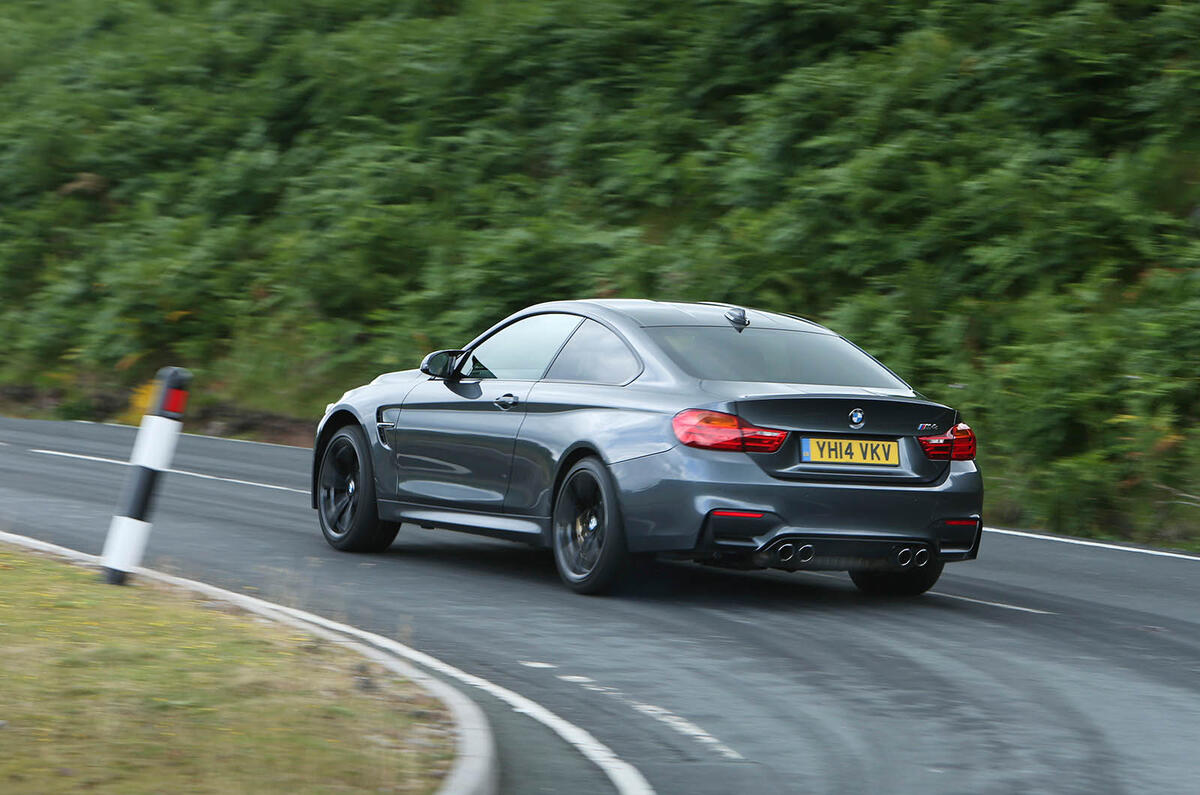
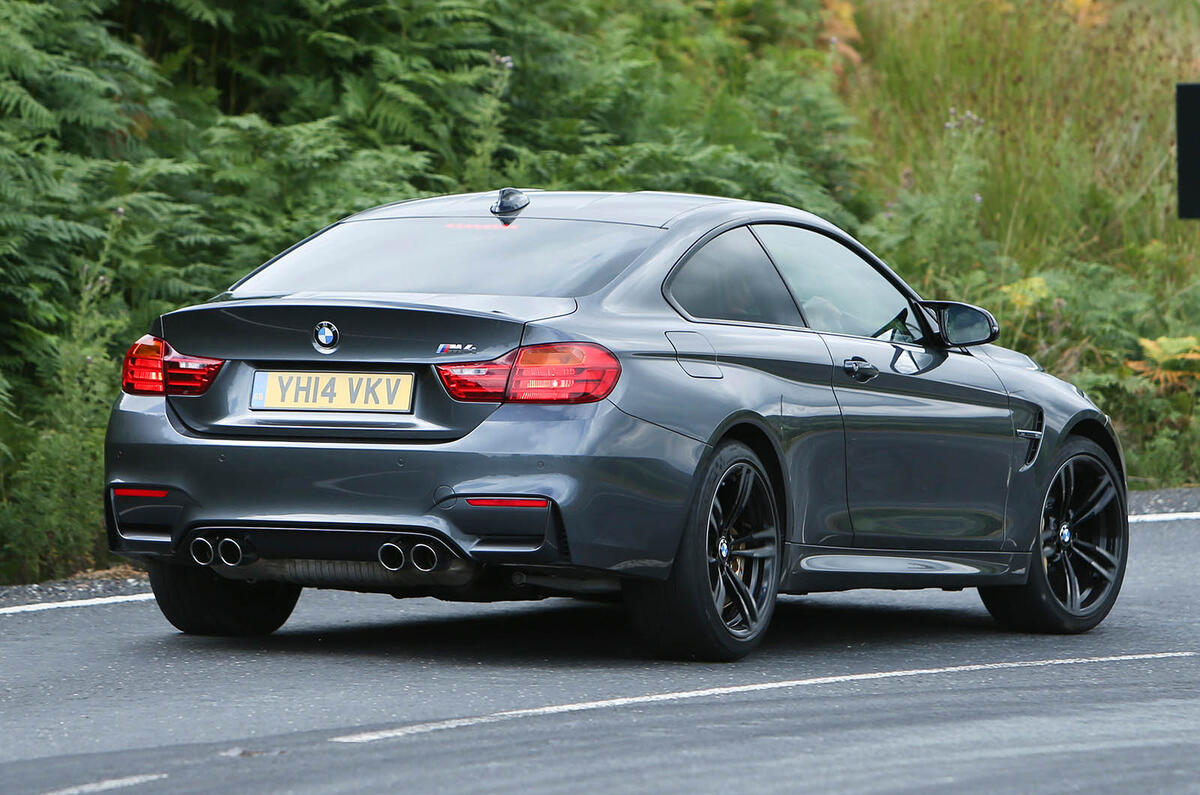

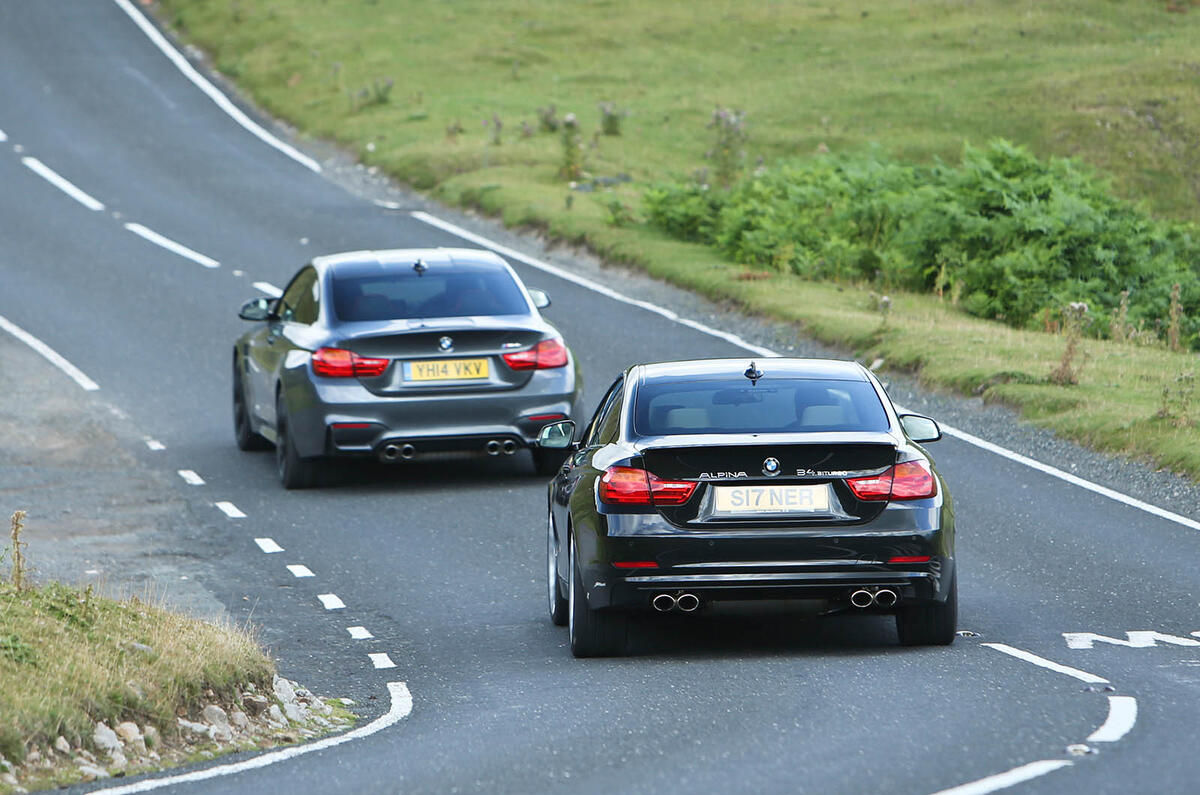
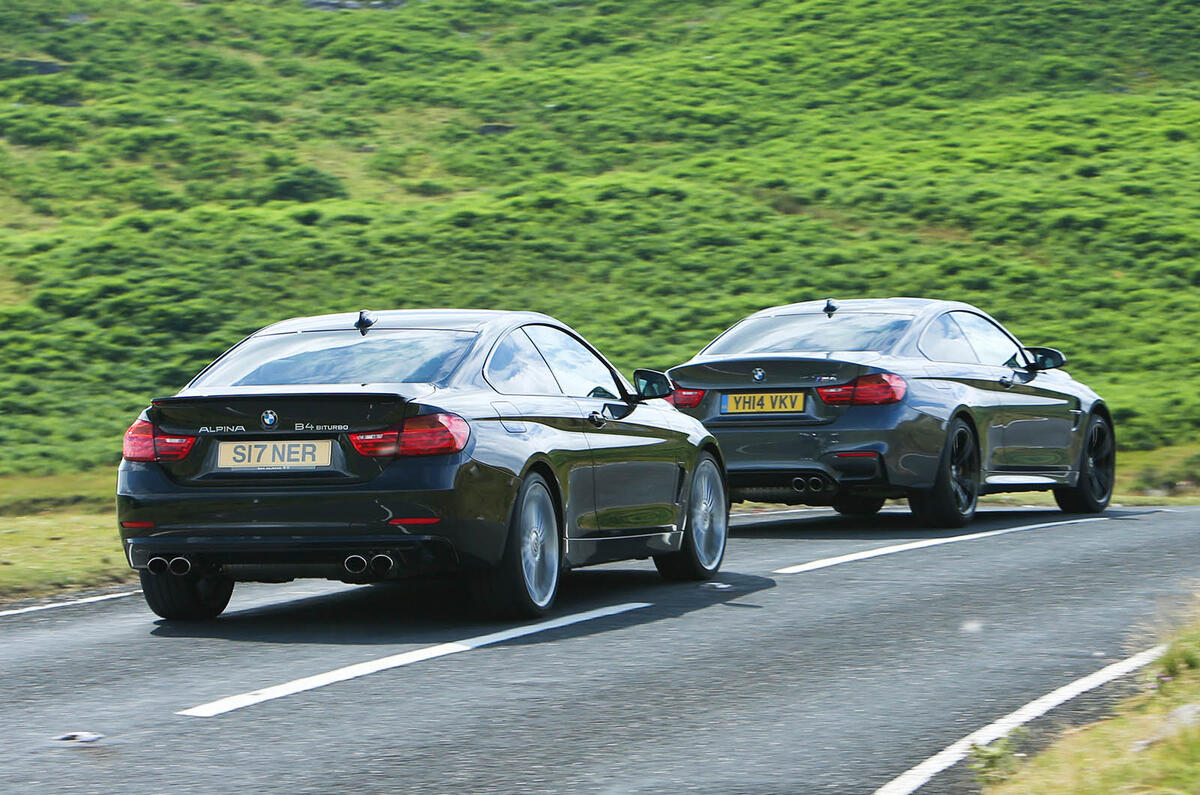
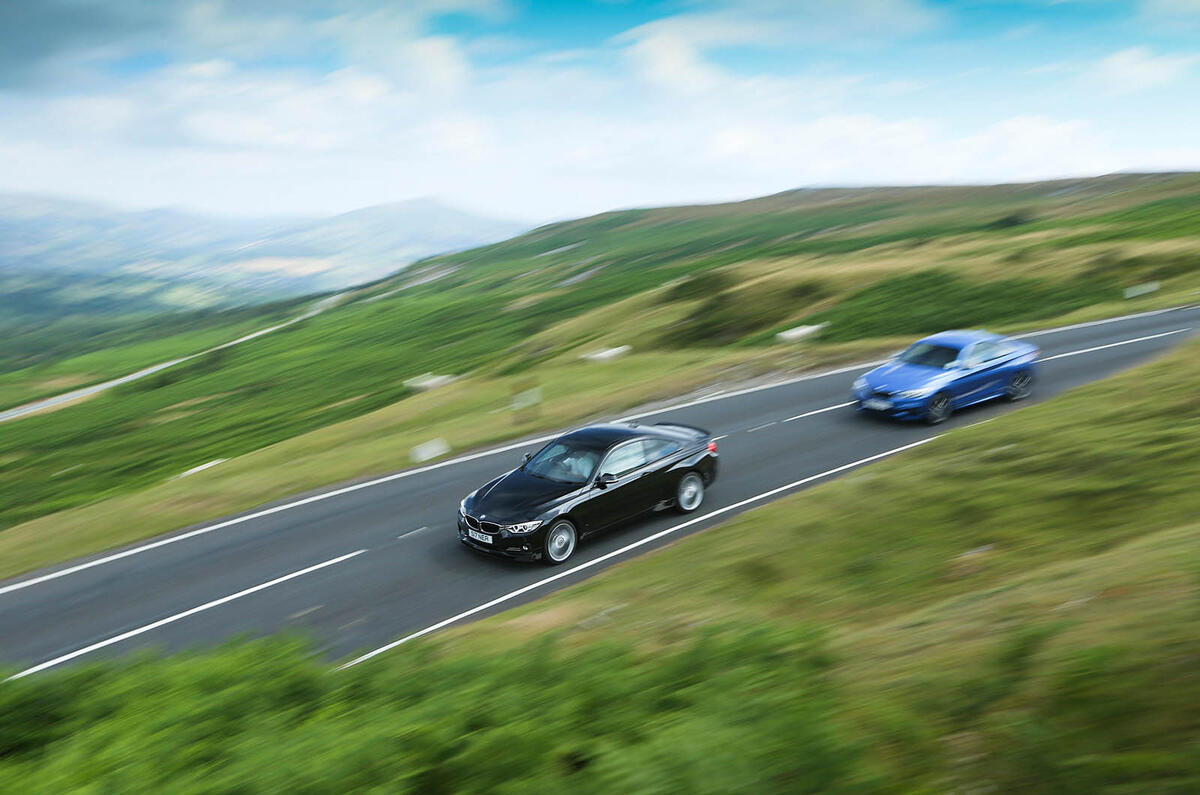
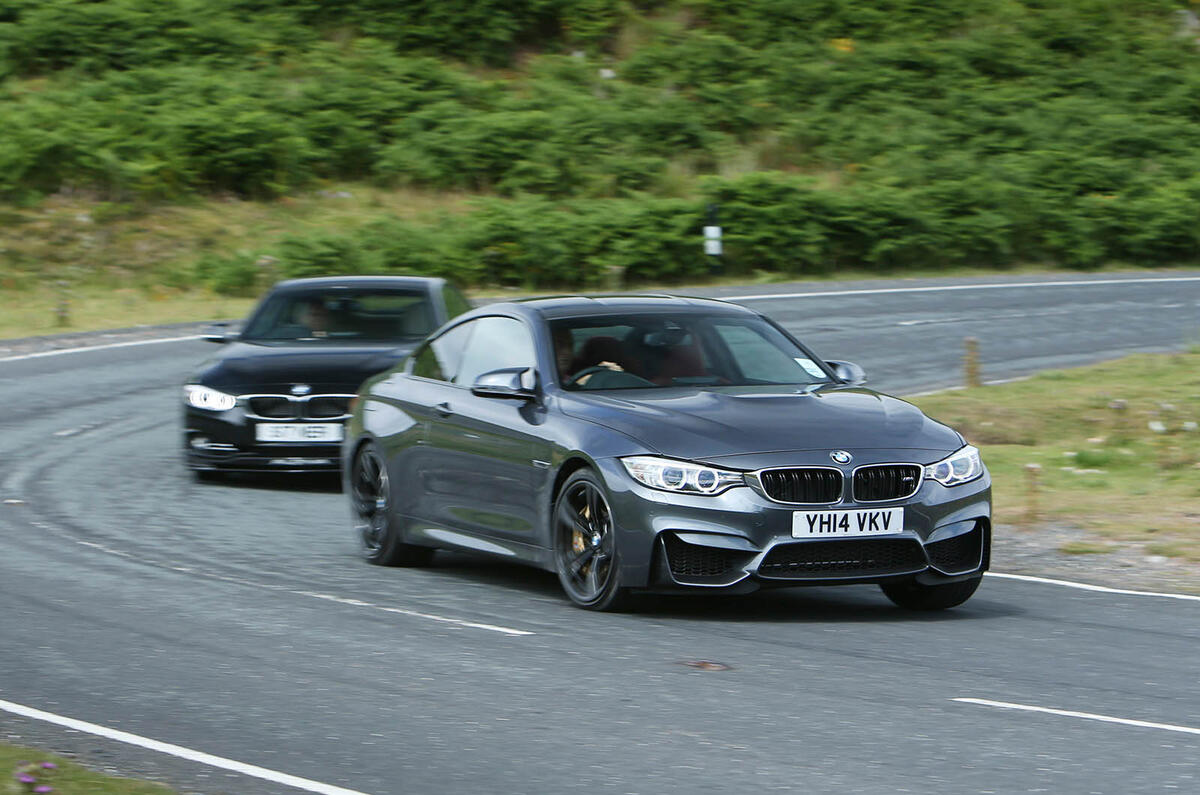
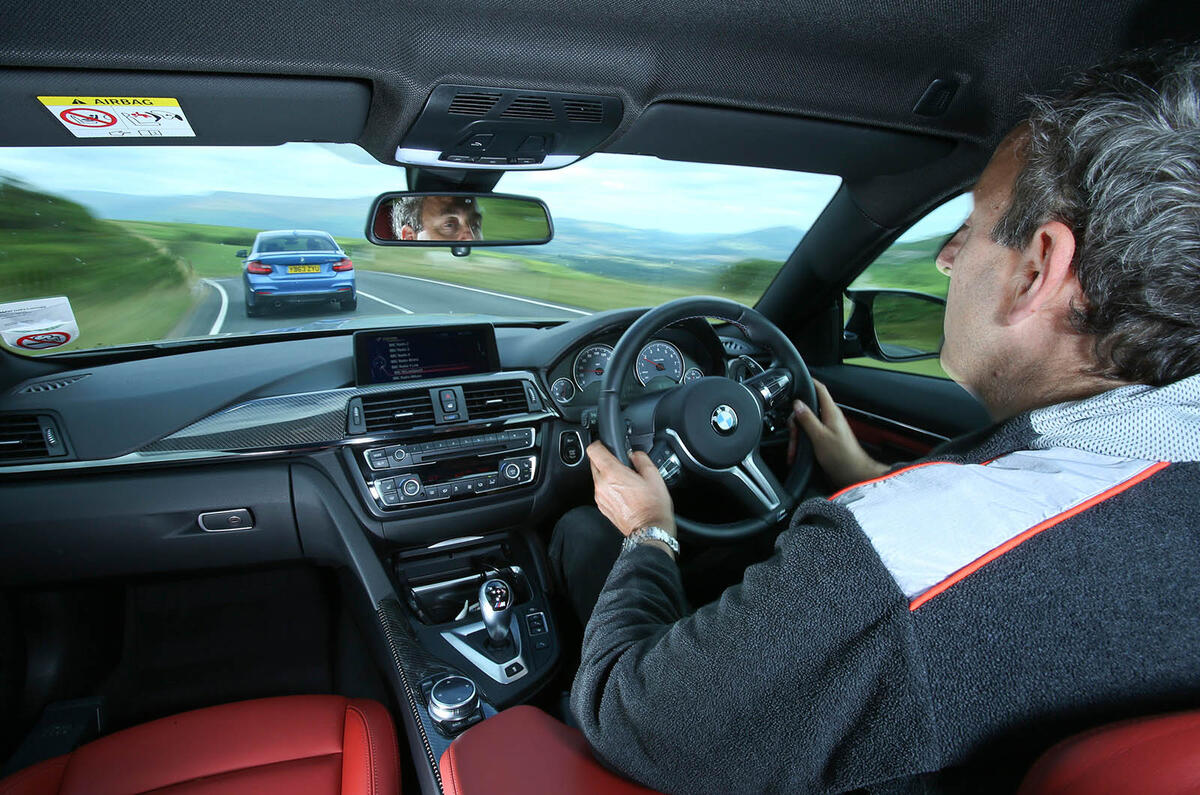
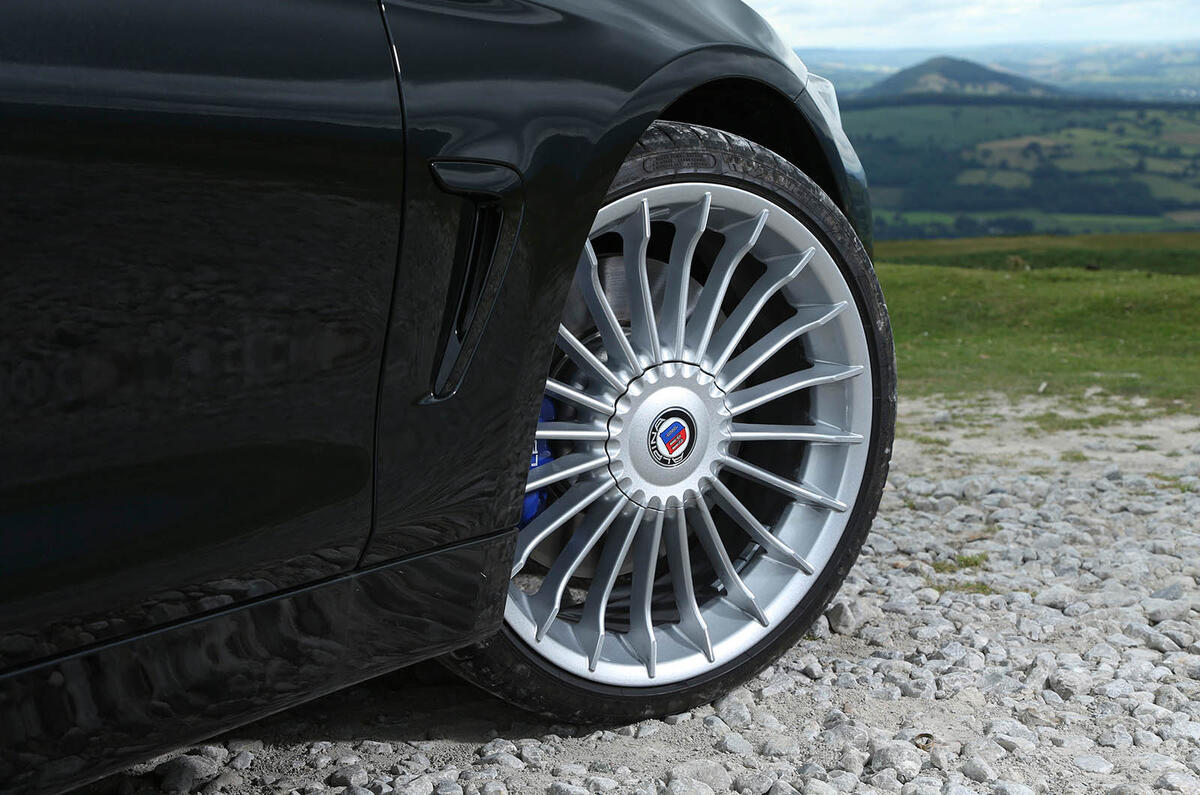
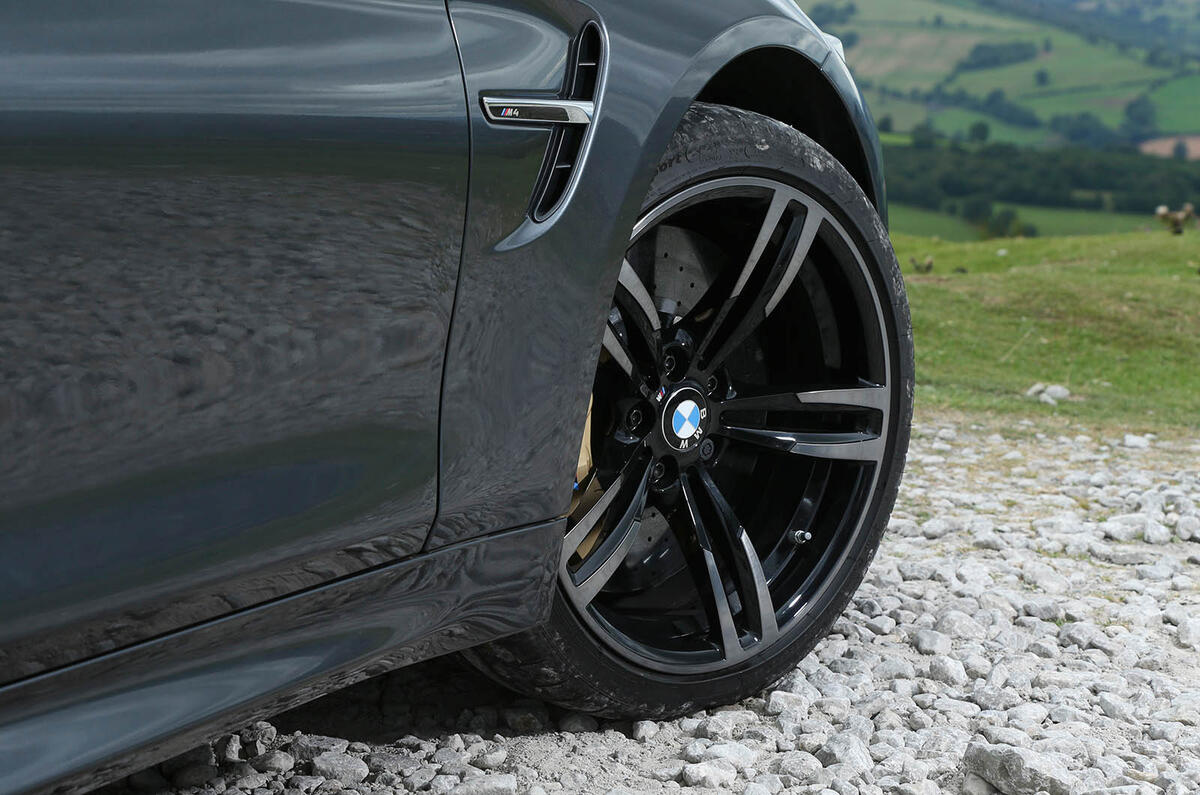
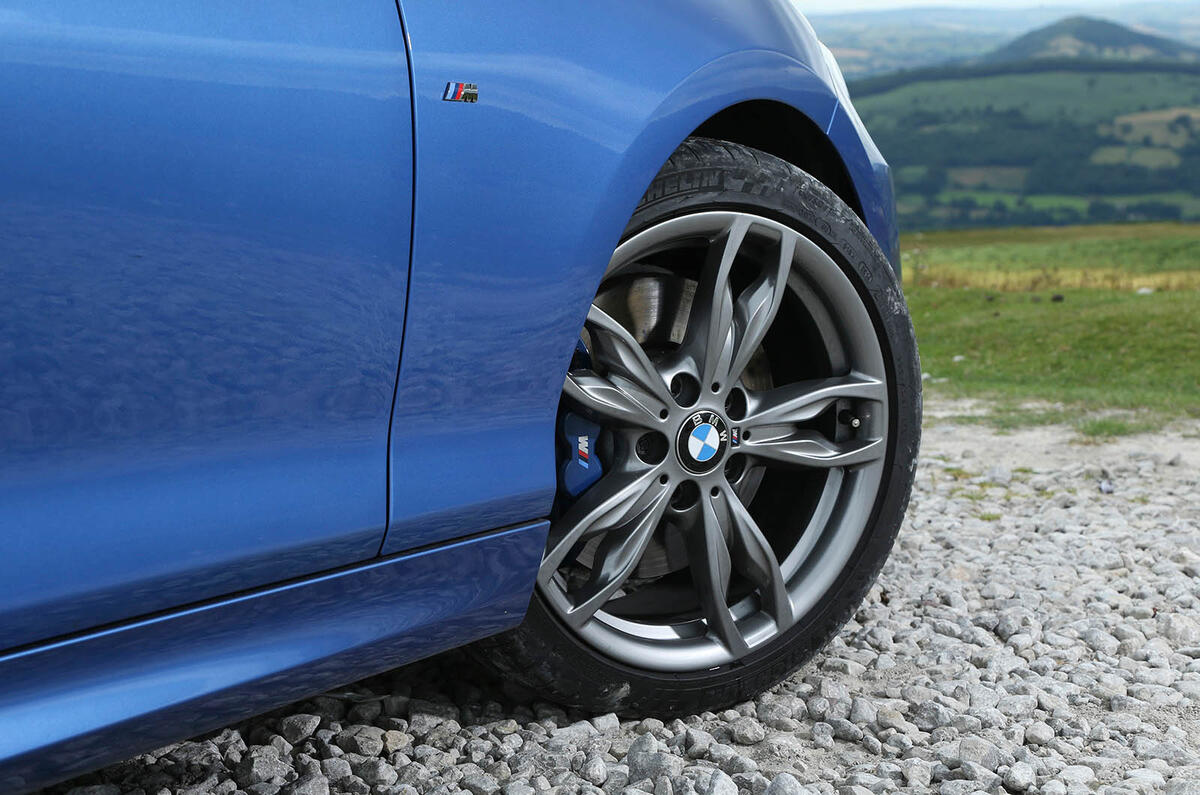
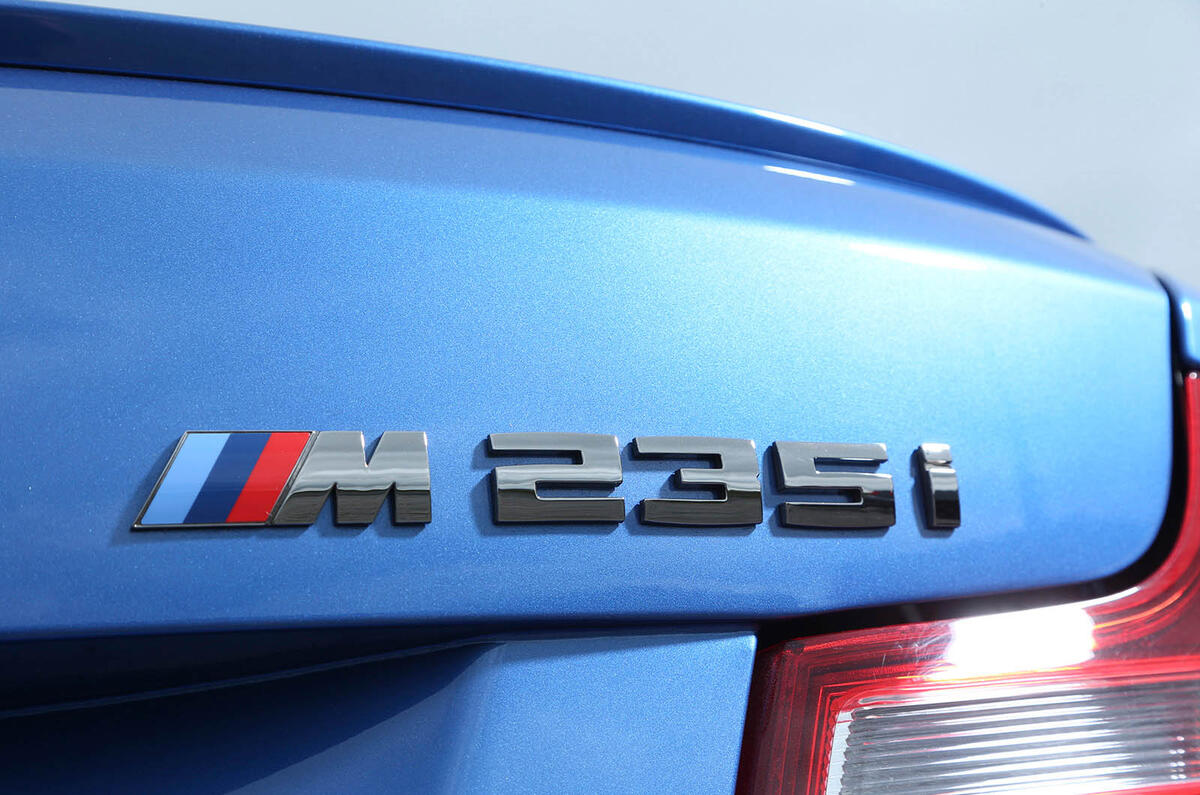
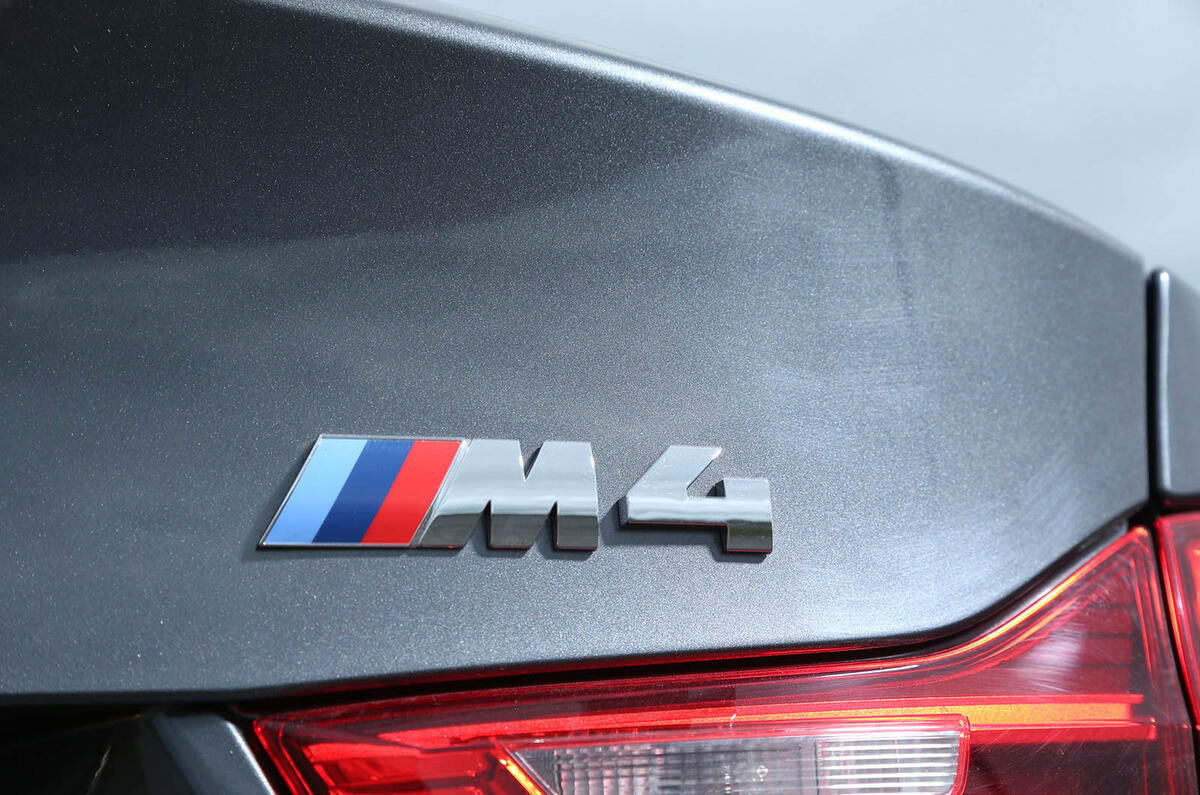
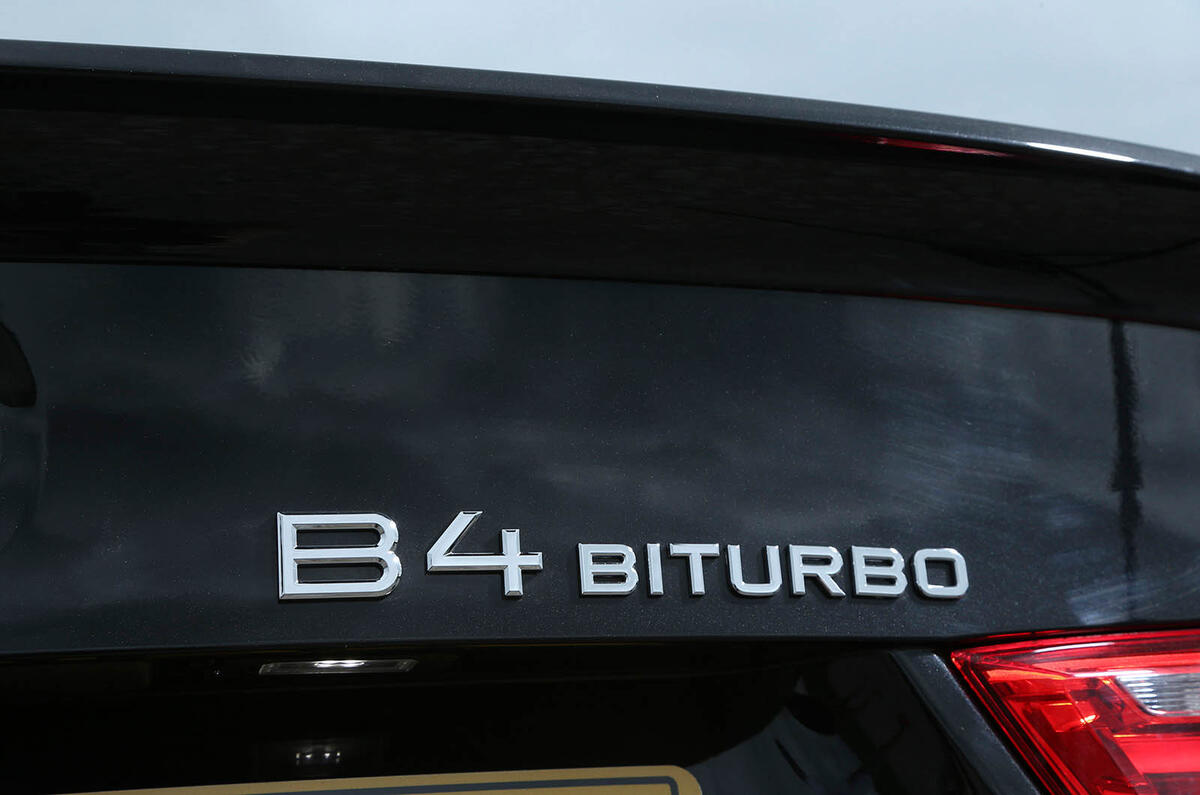



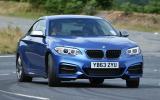
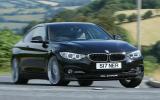

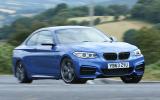
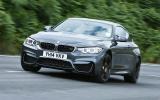

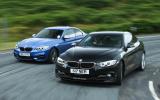

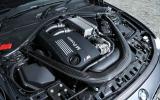
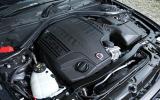
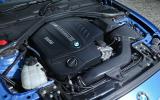

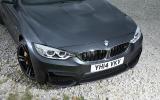

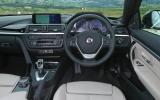
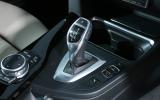
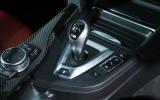
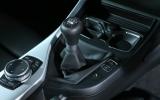
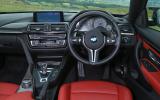

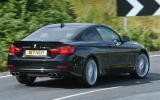


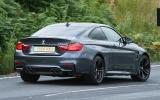
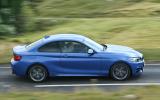





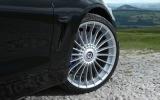
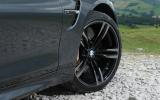
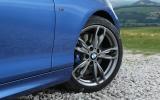
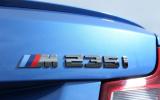
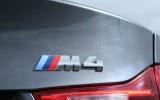



Add your comment
The article says that the
A M3 E36...
Out of the 3 it it would be